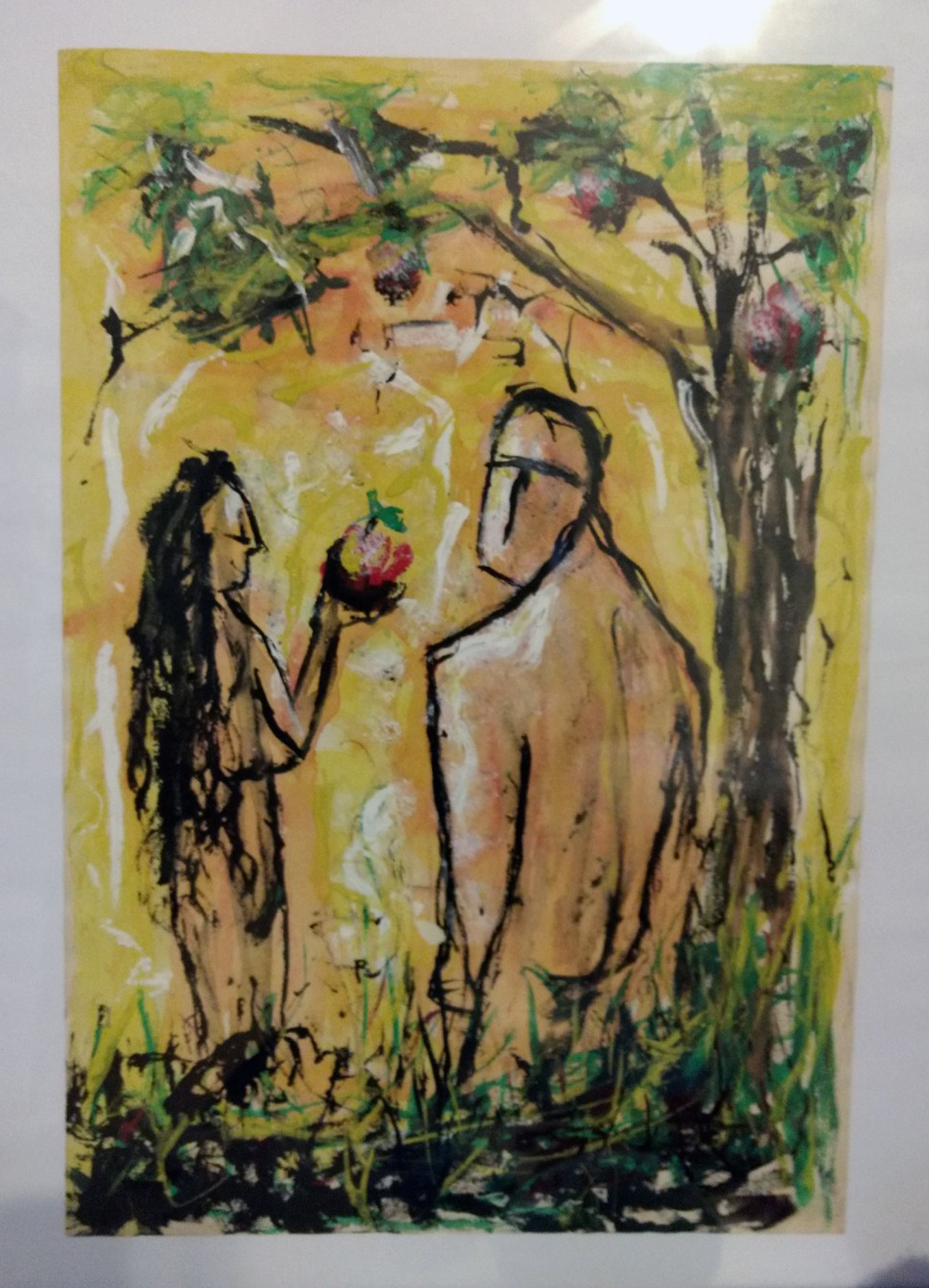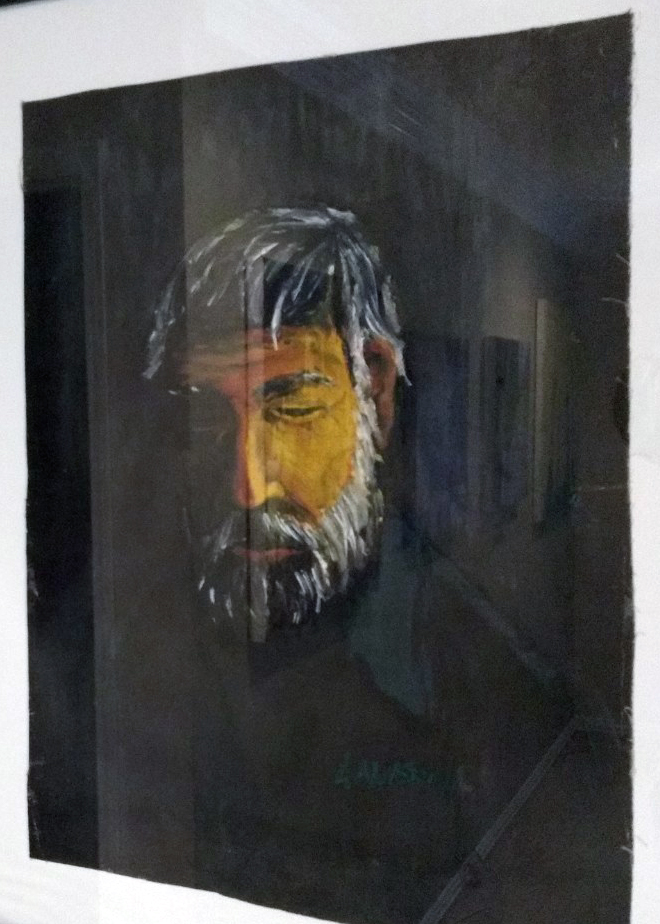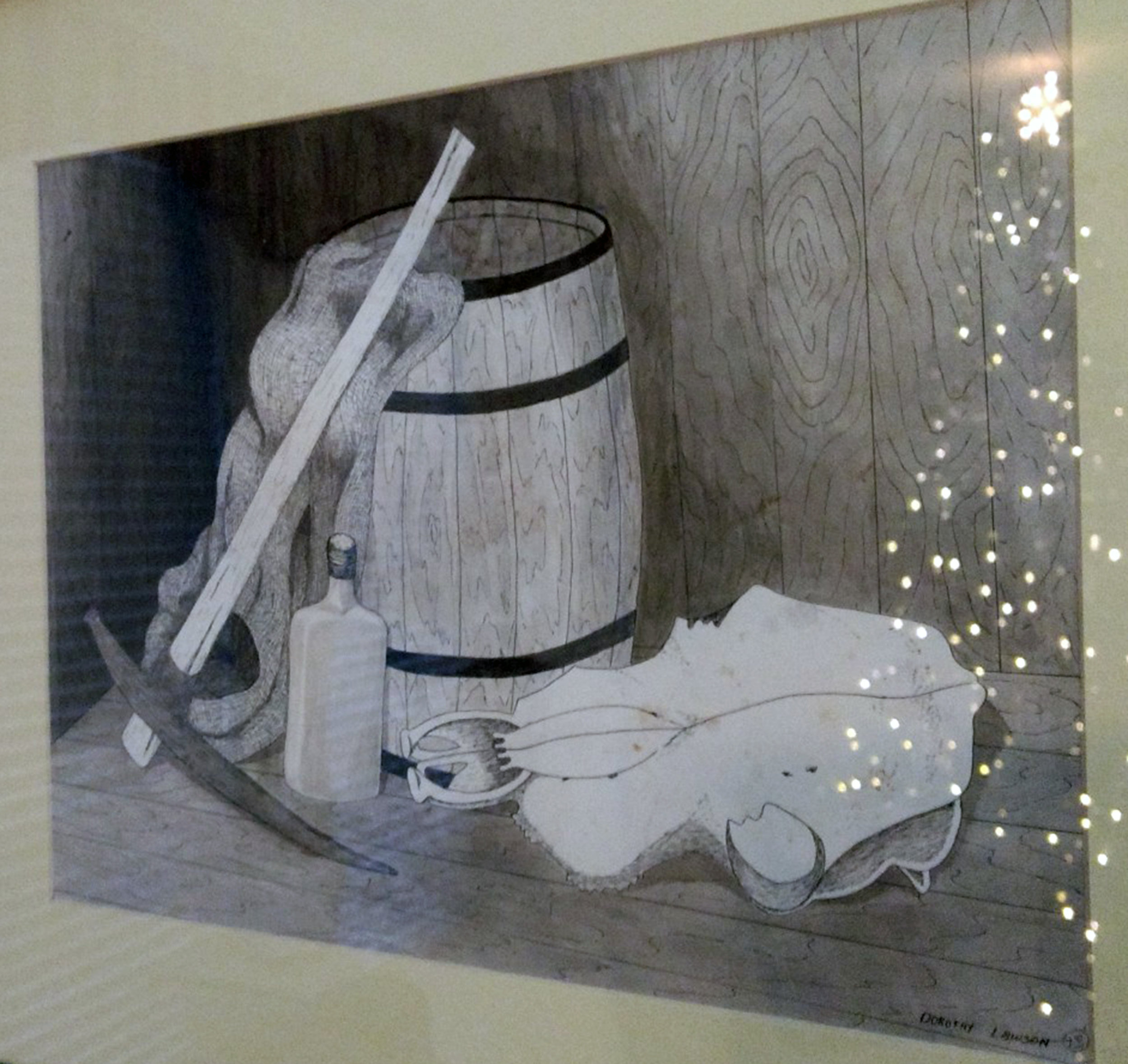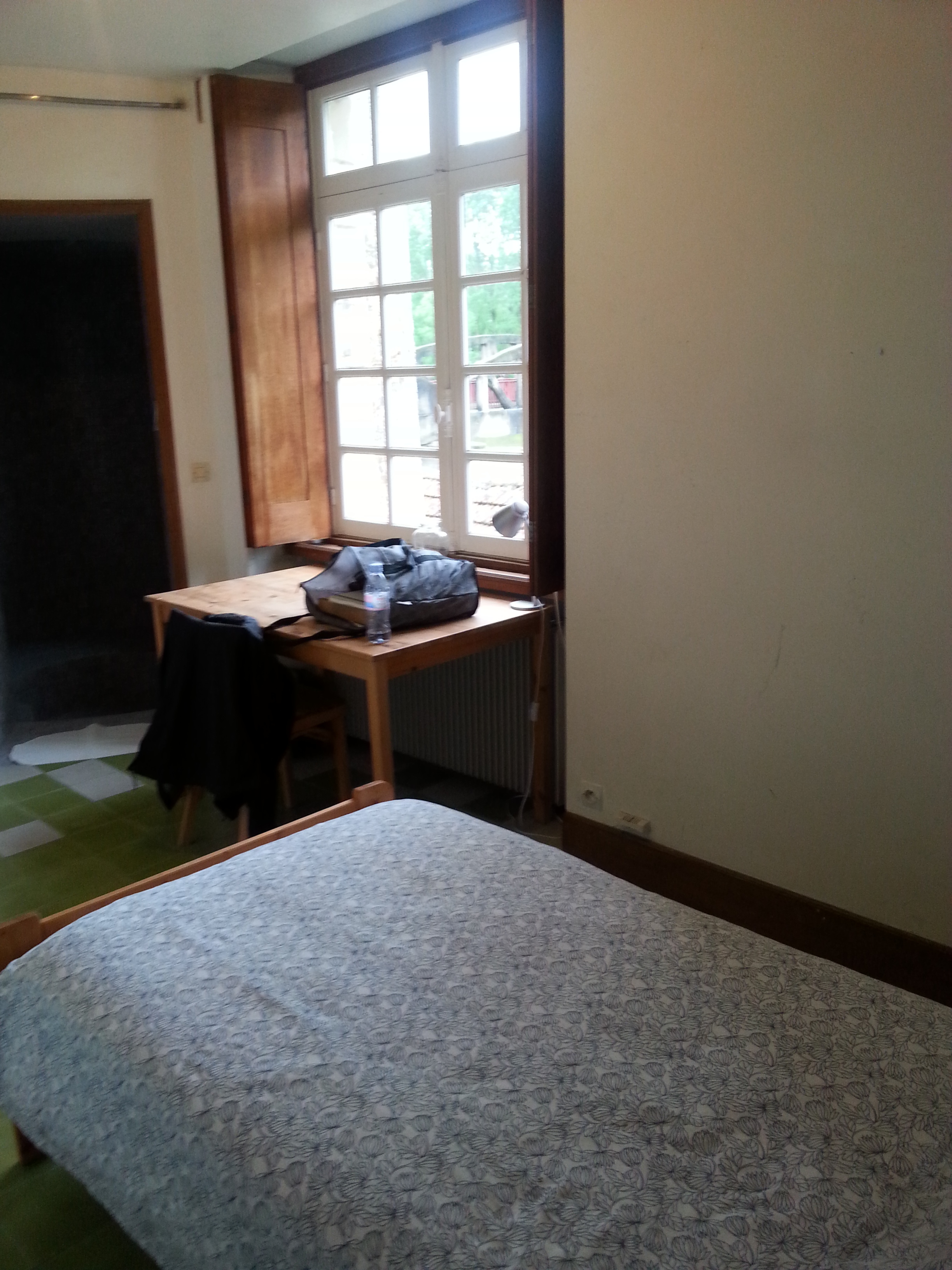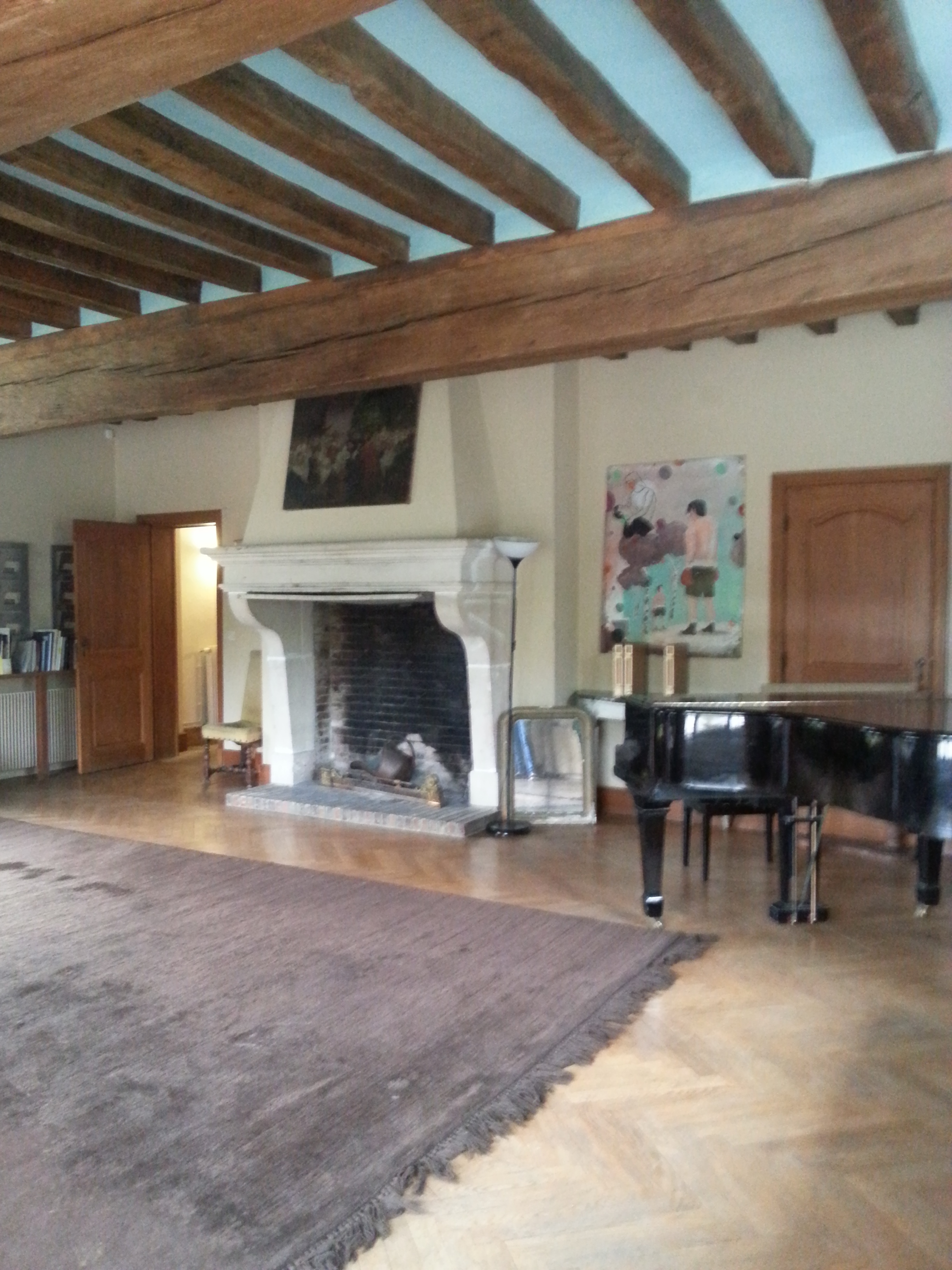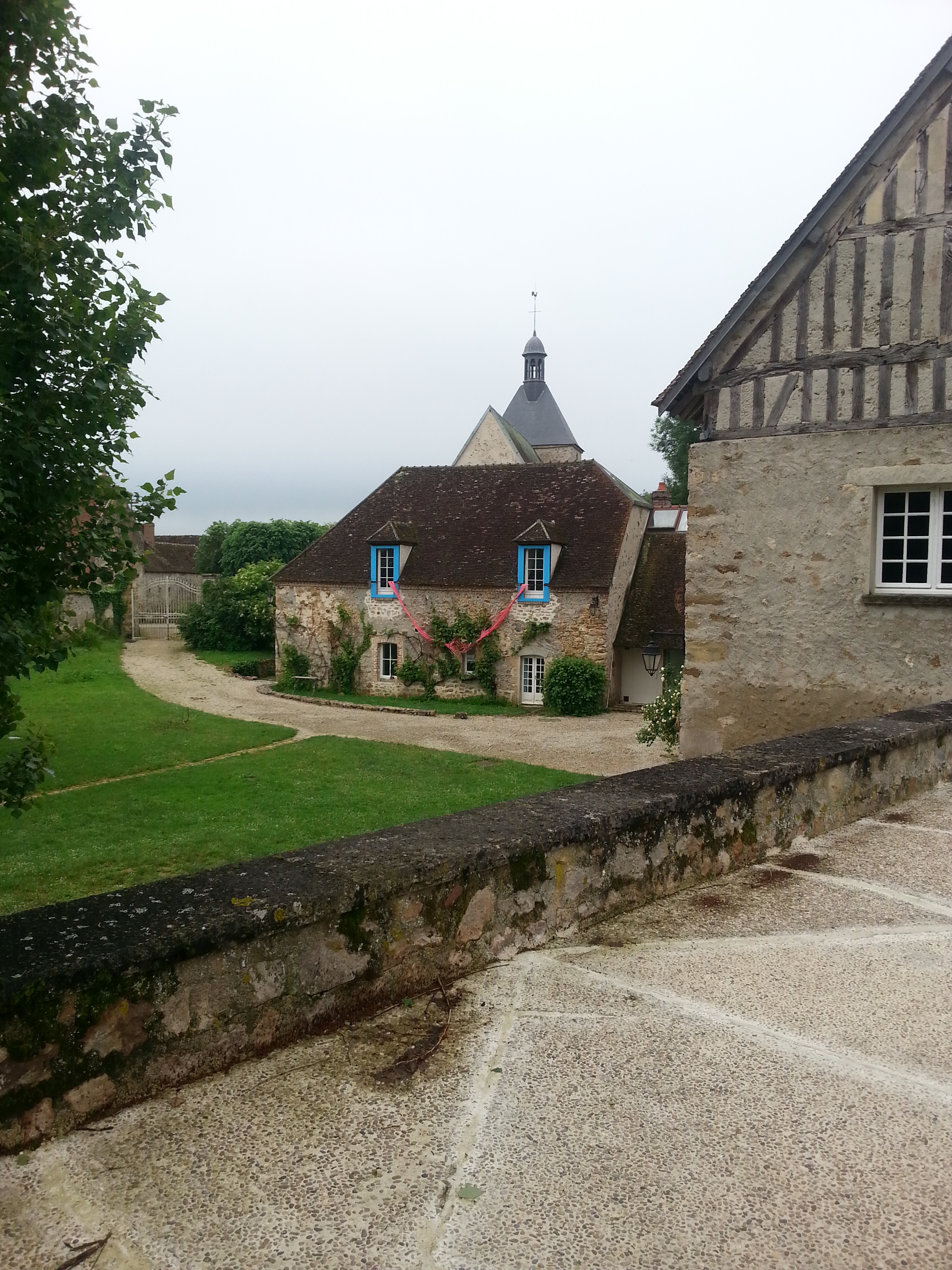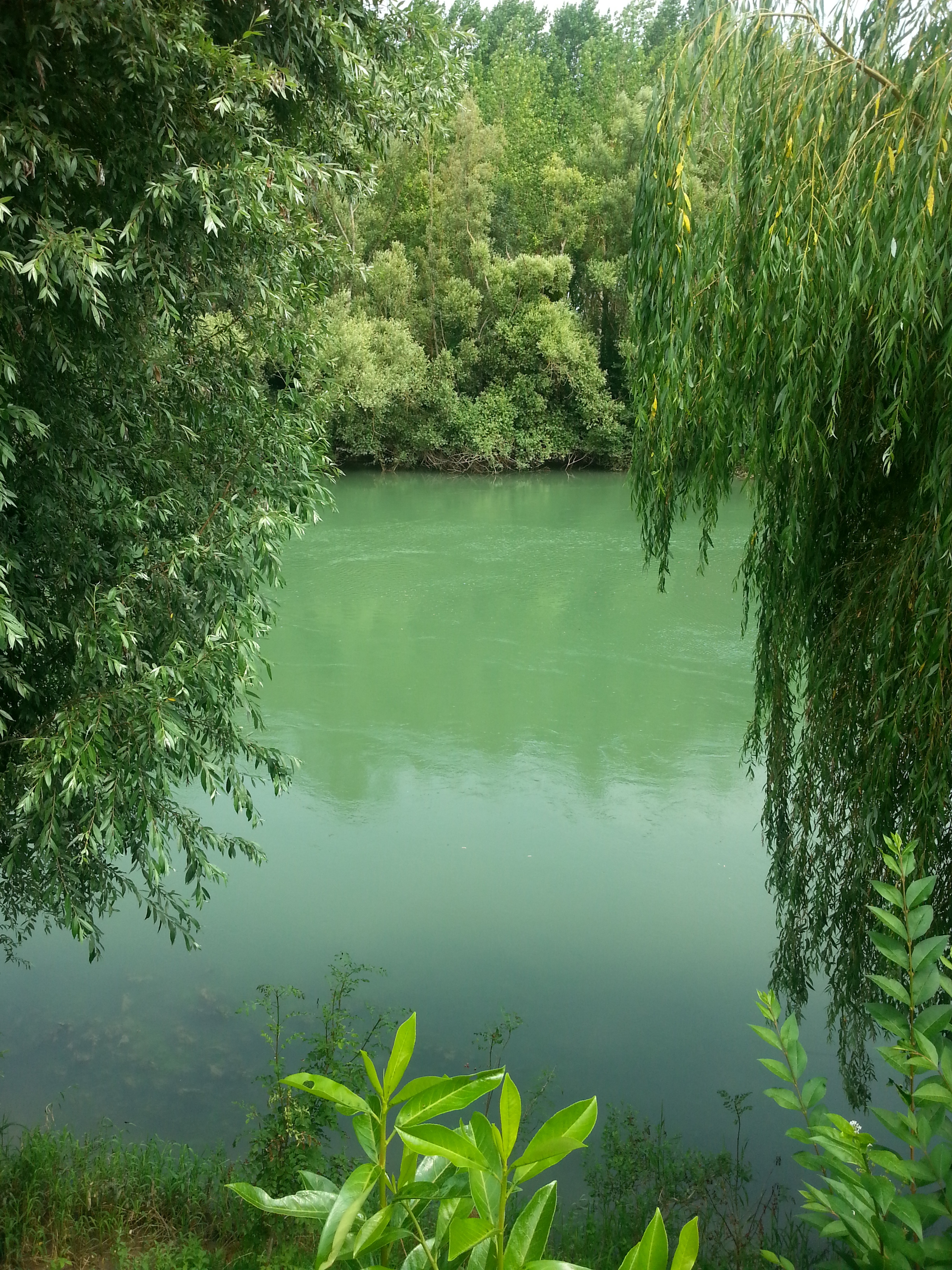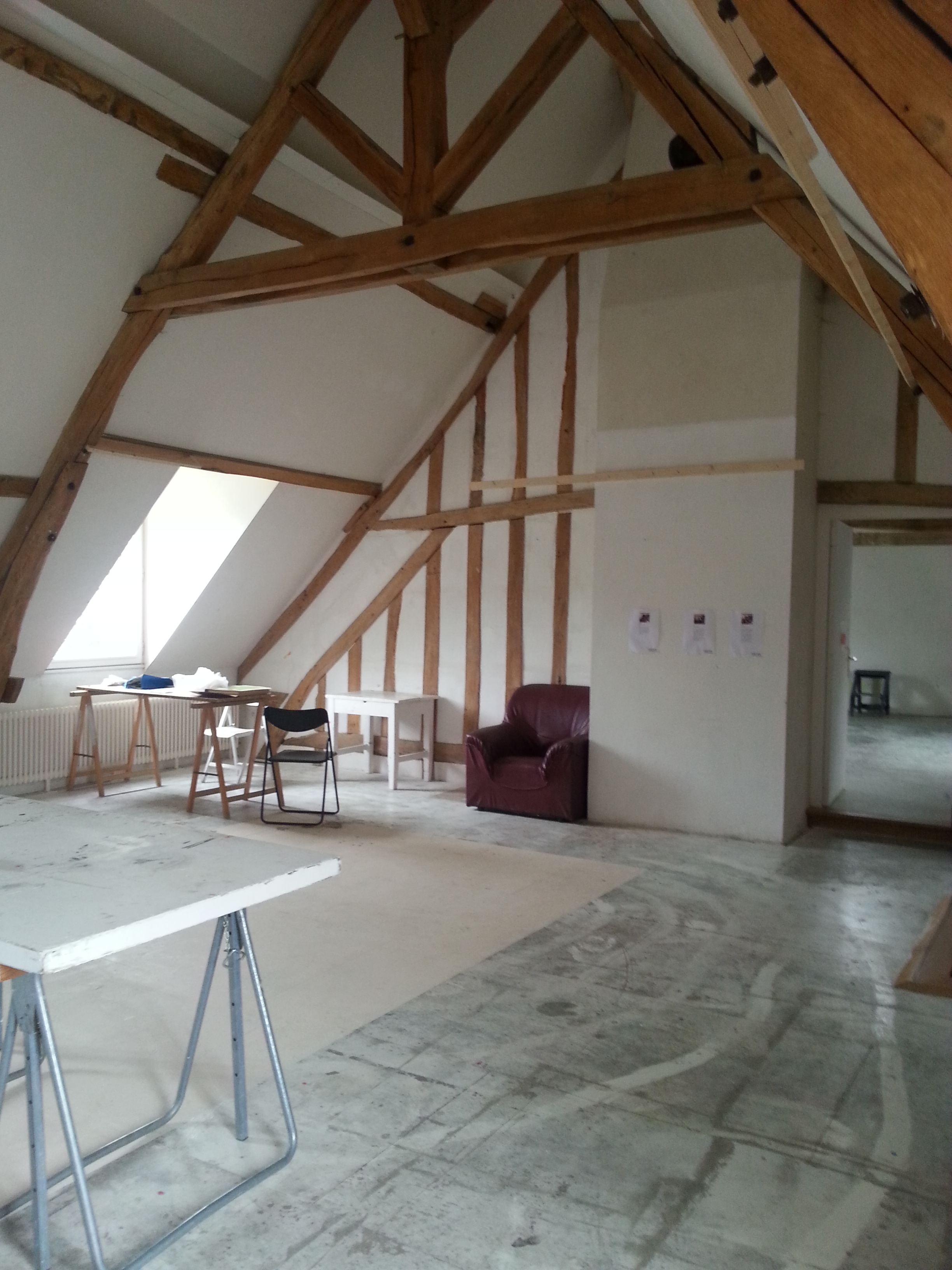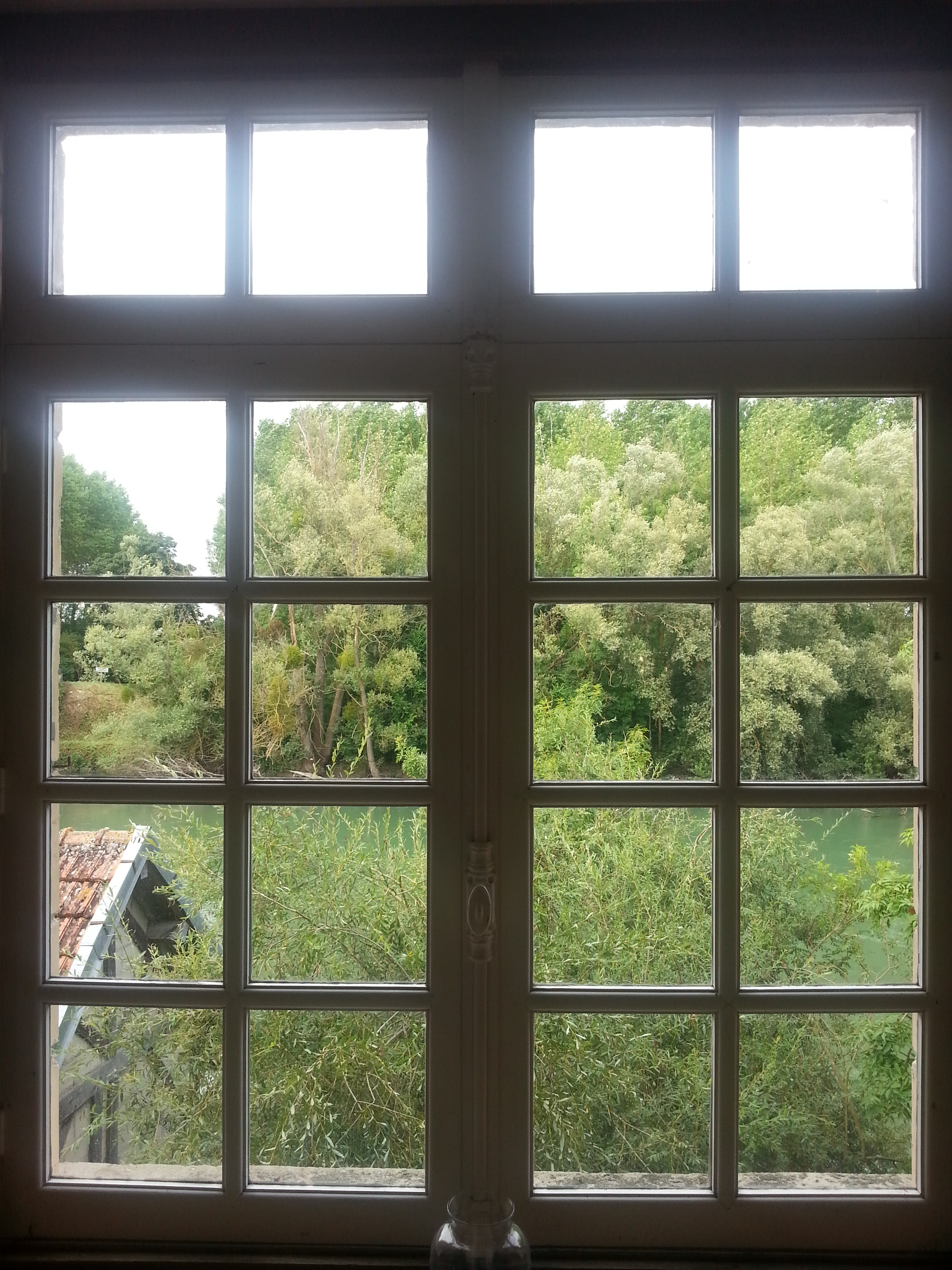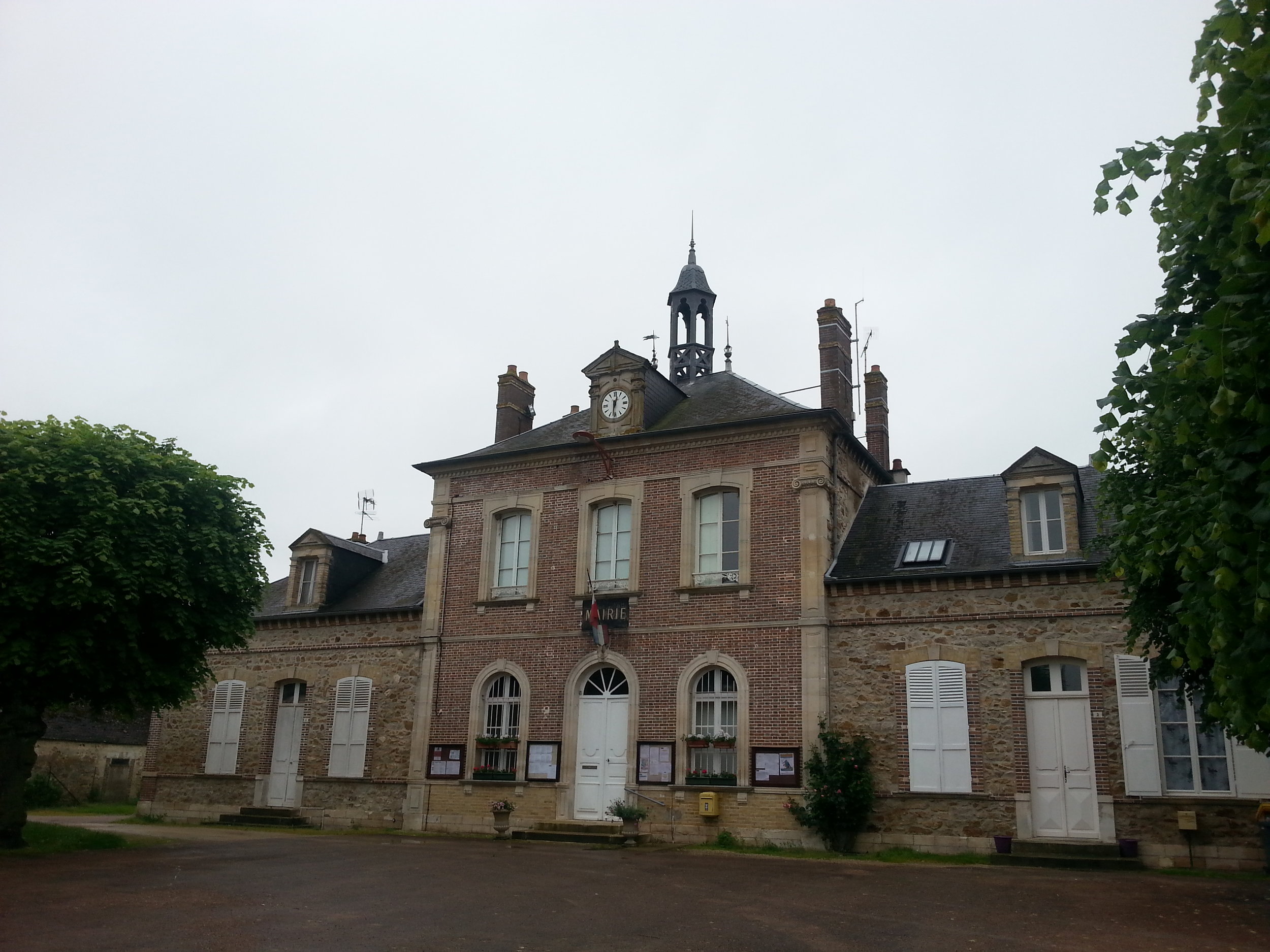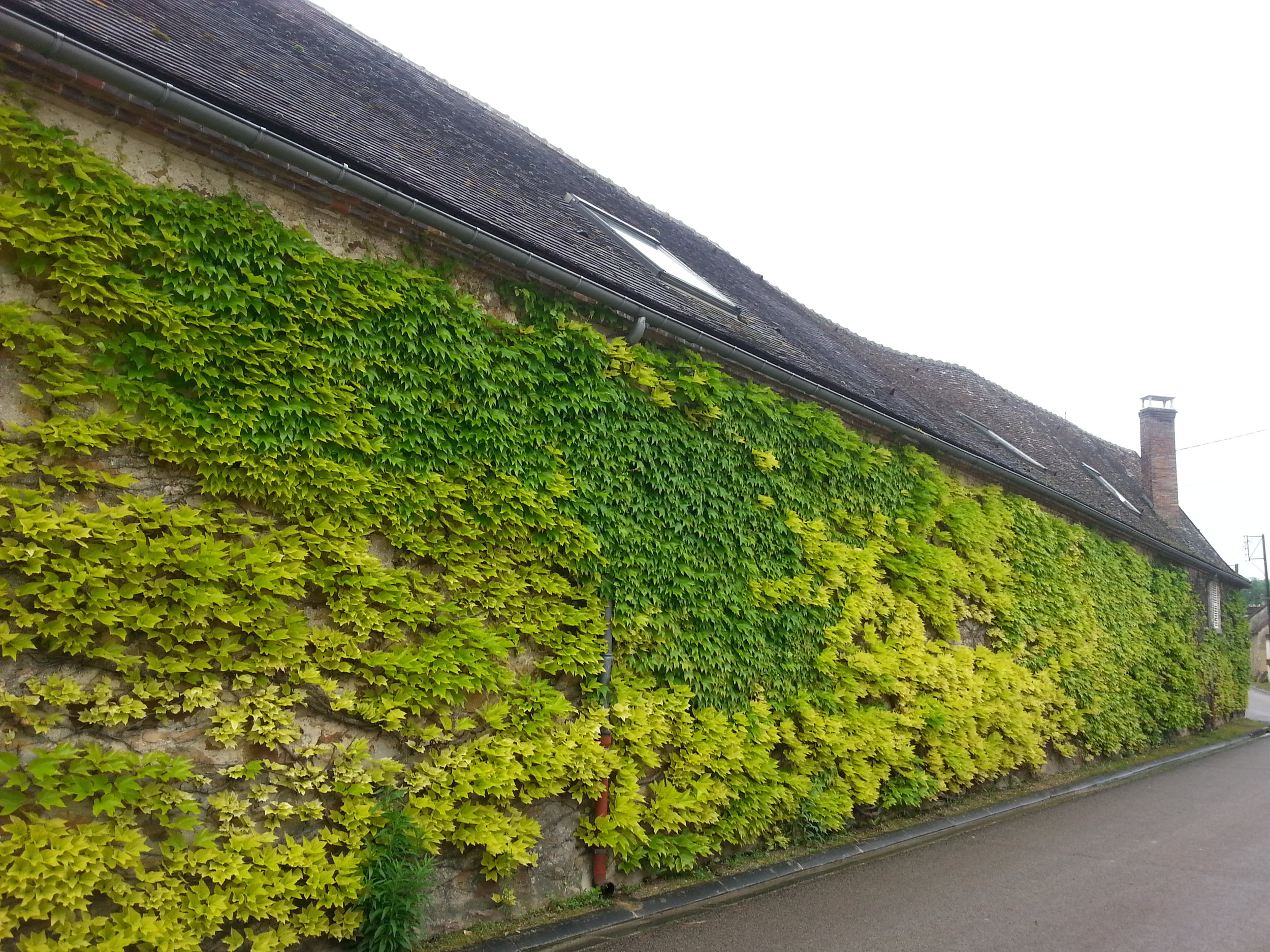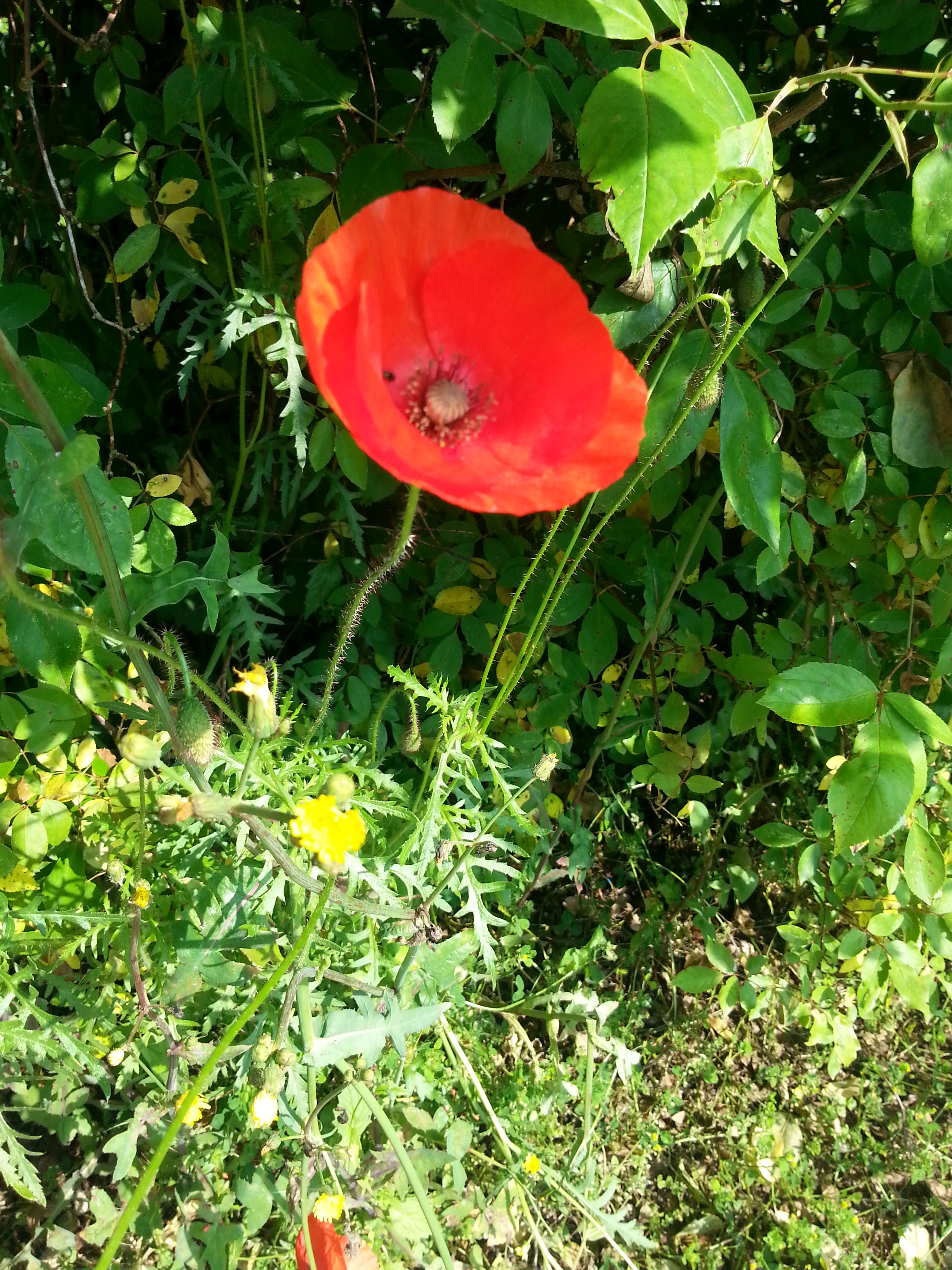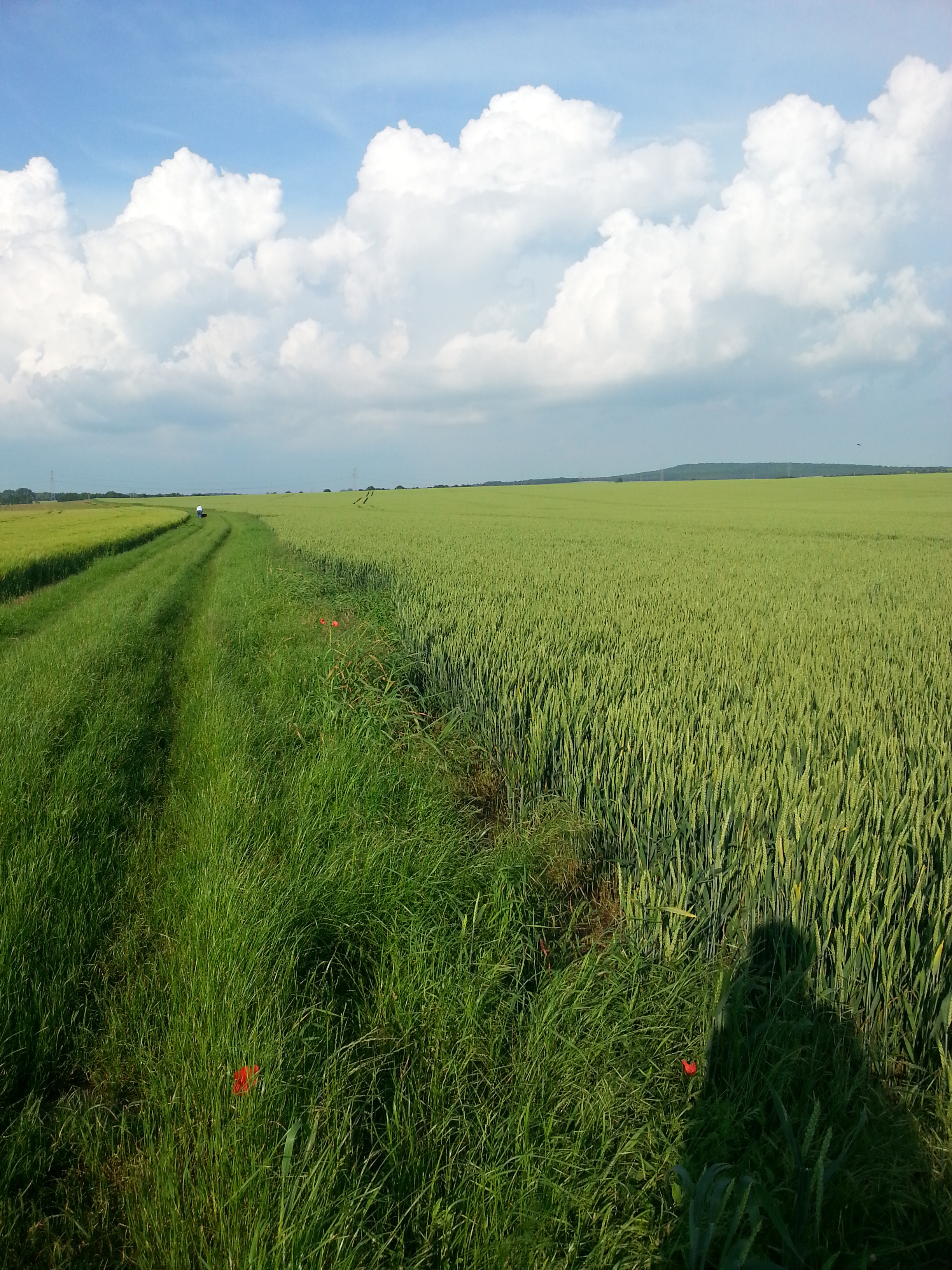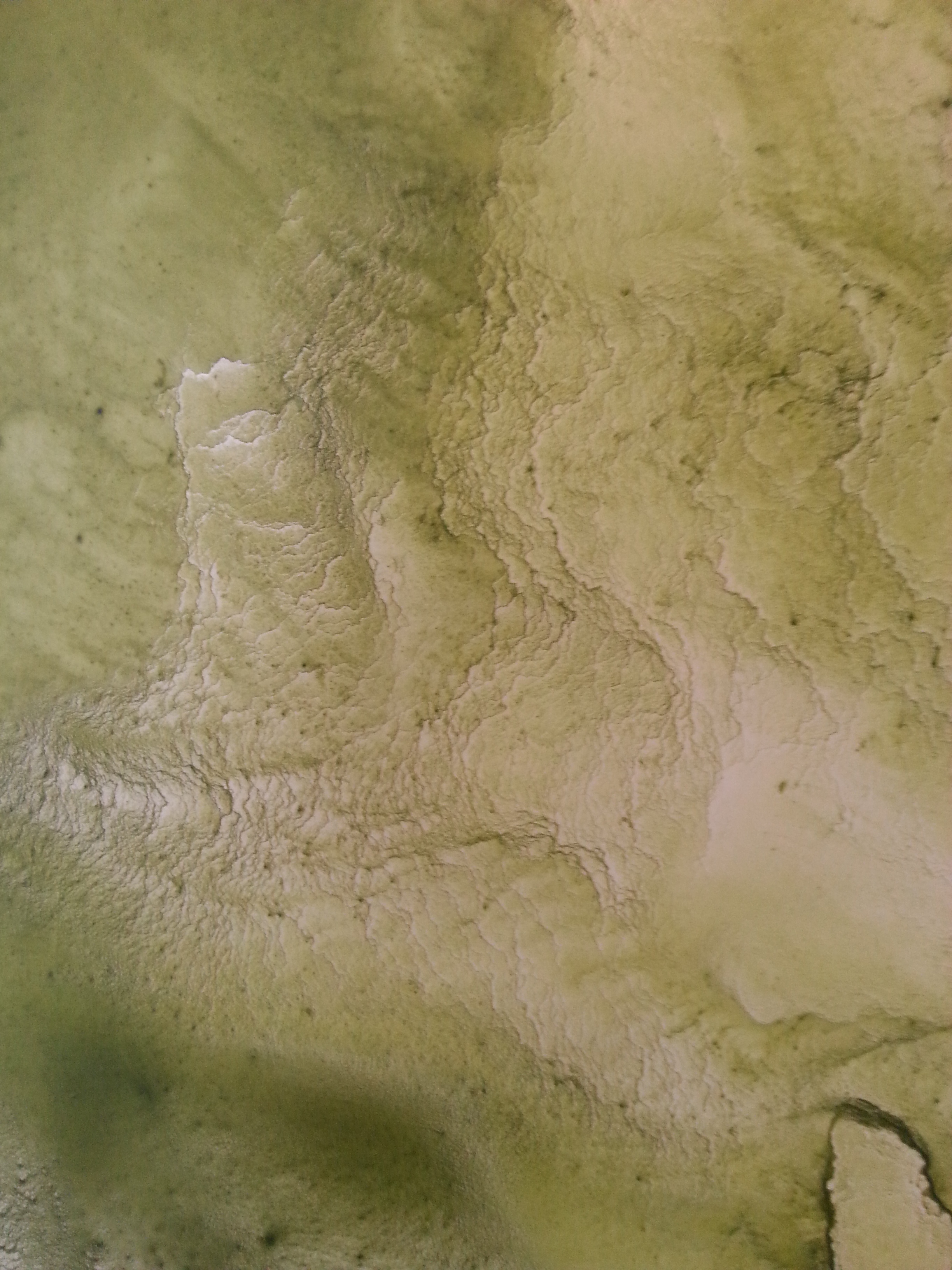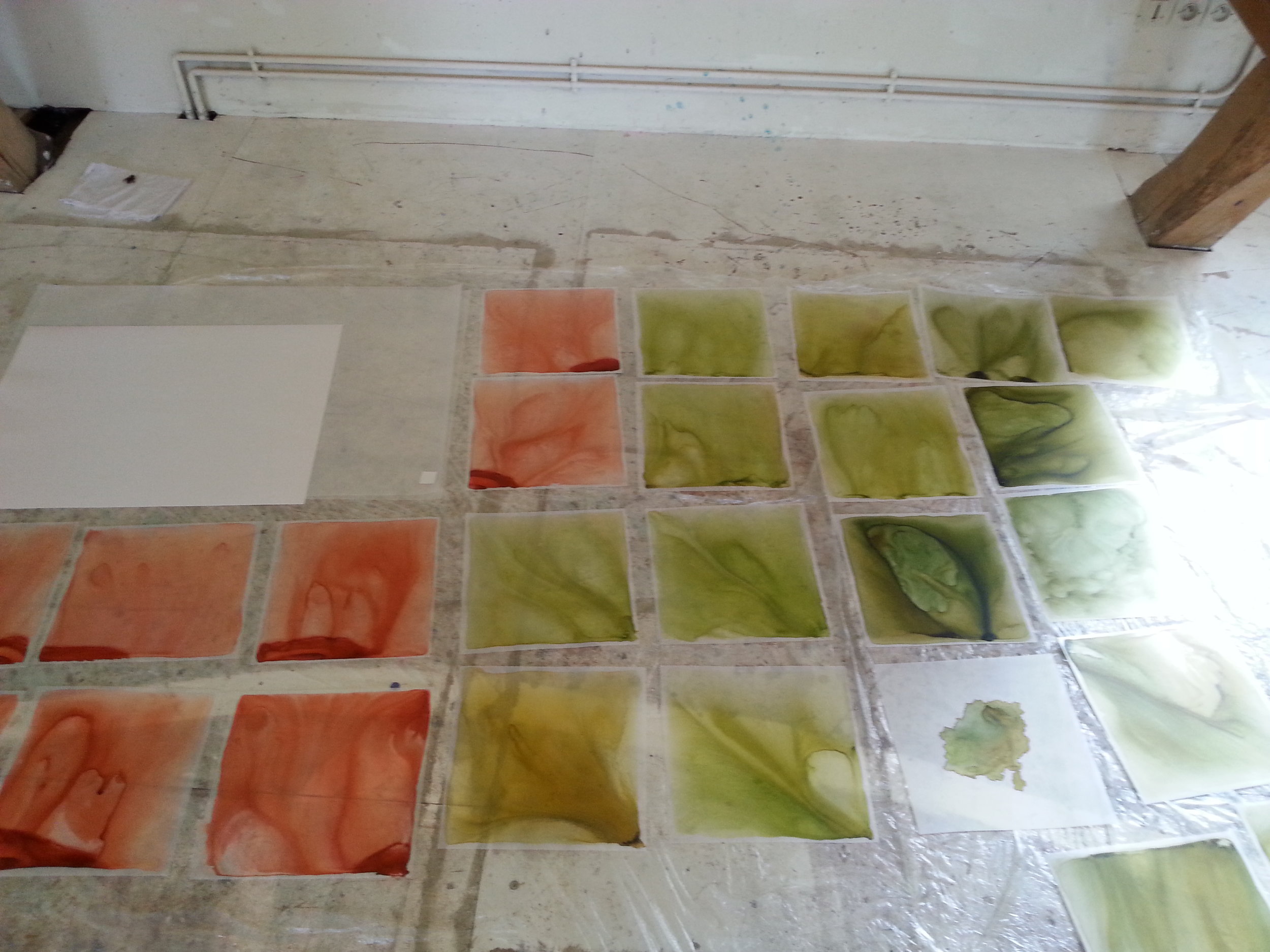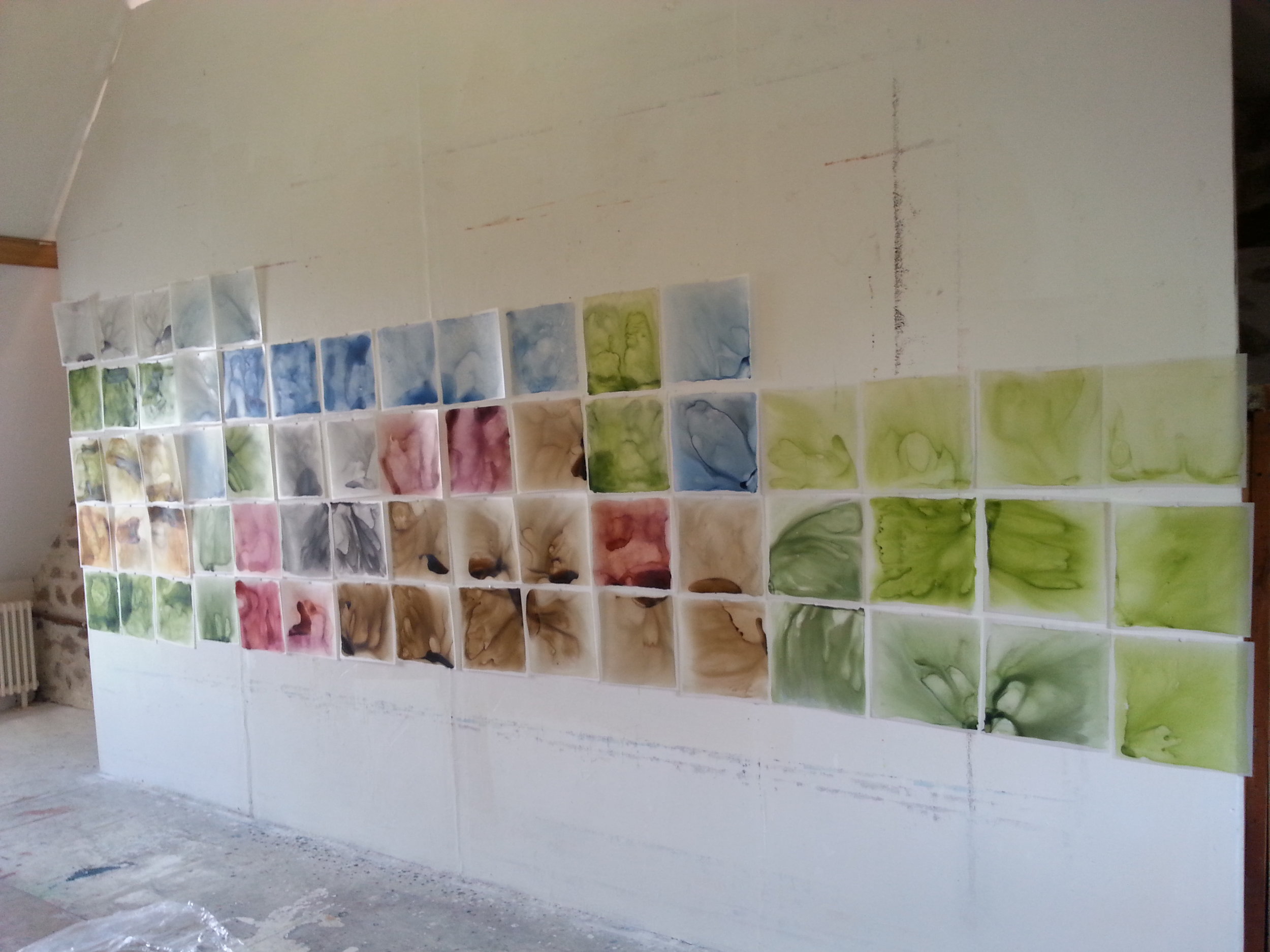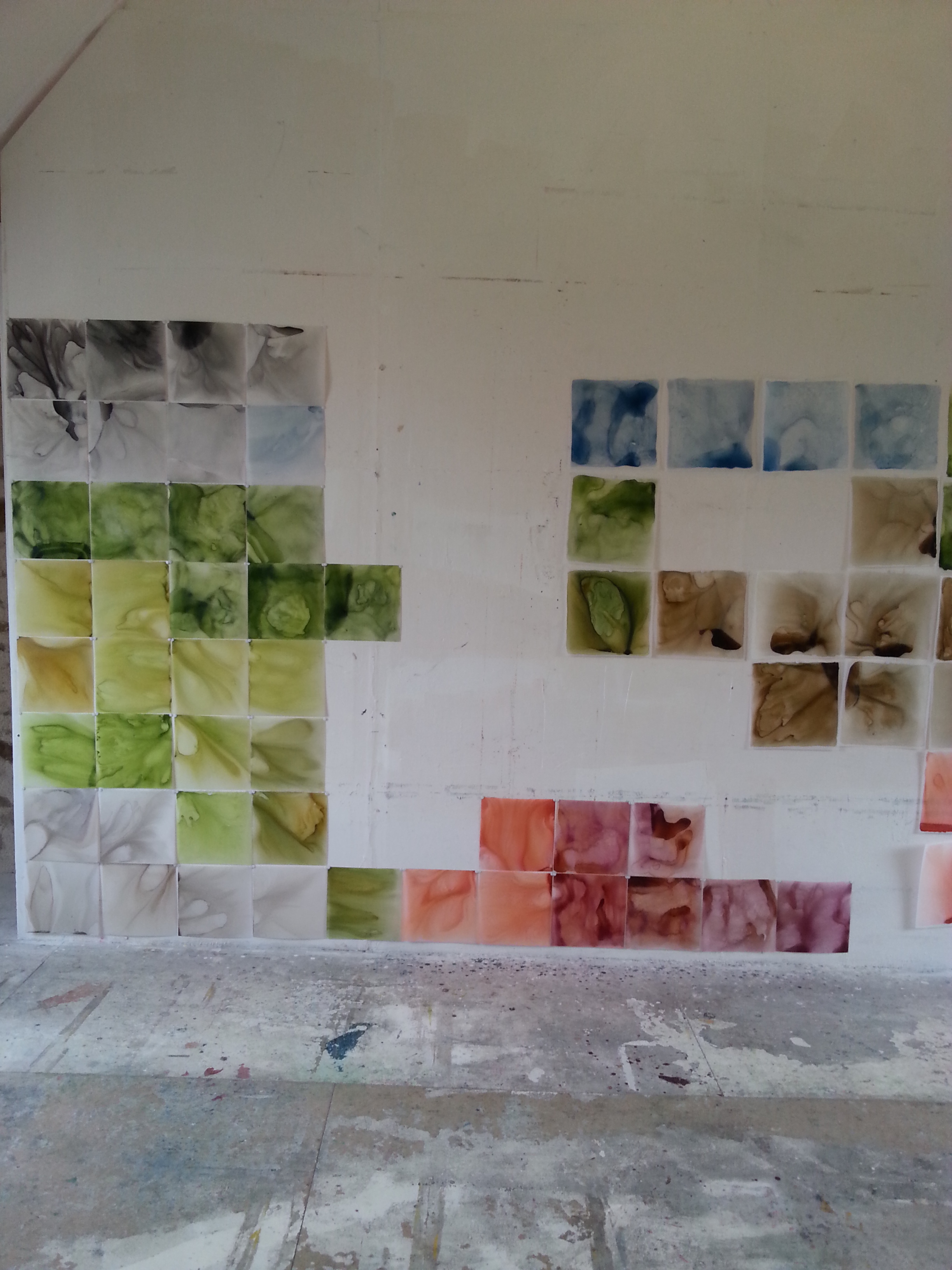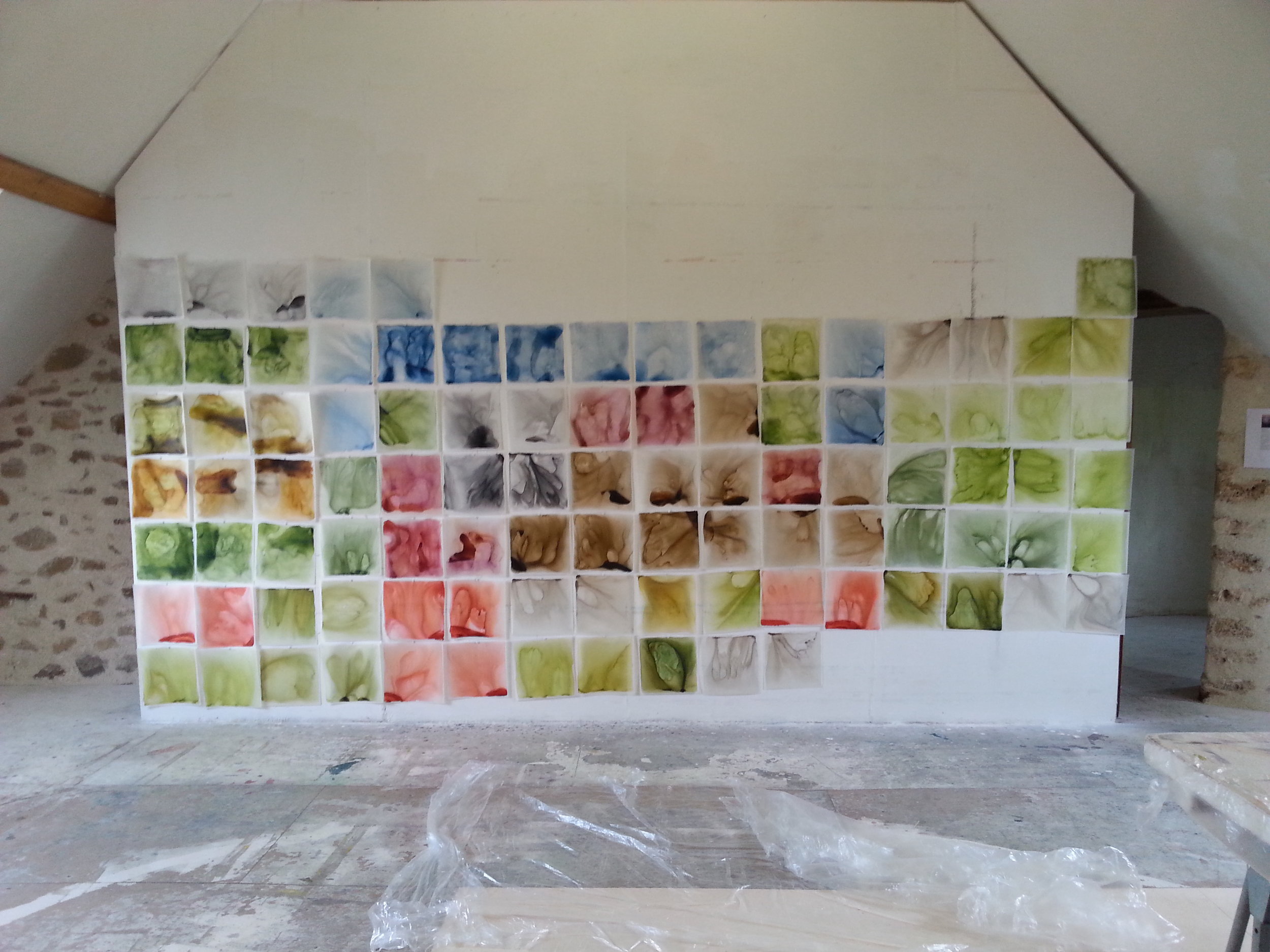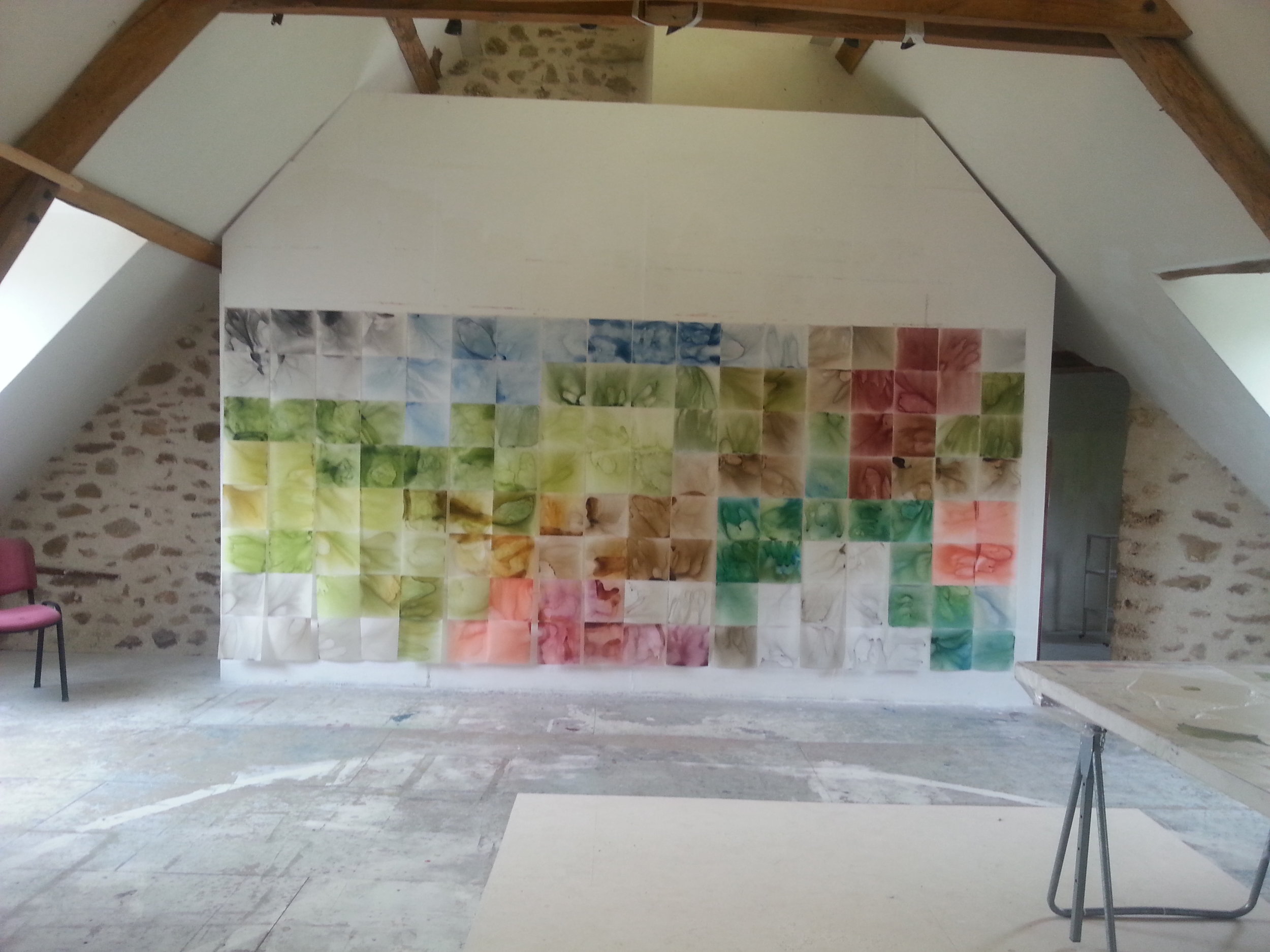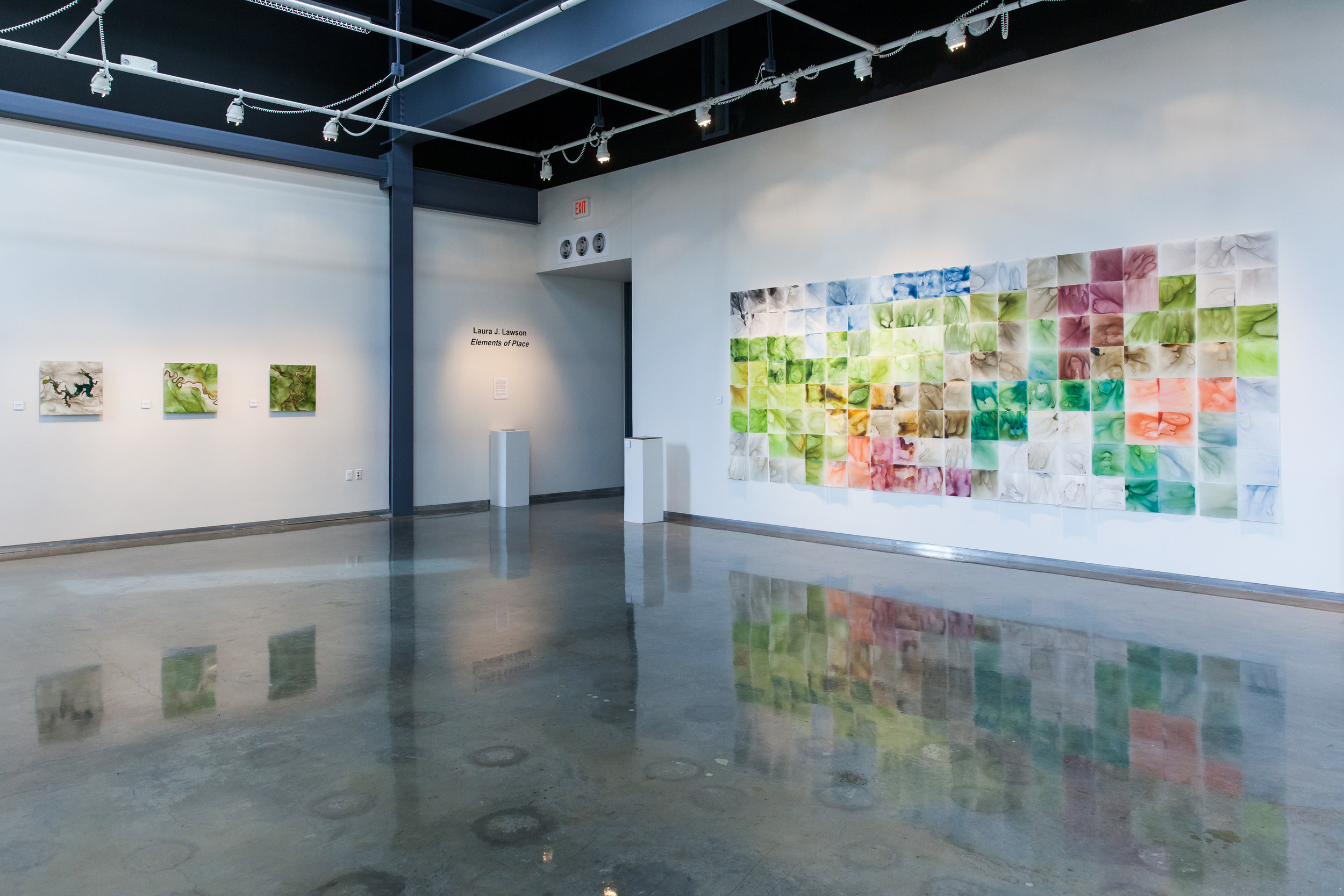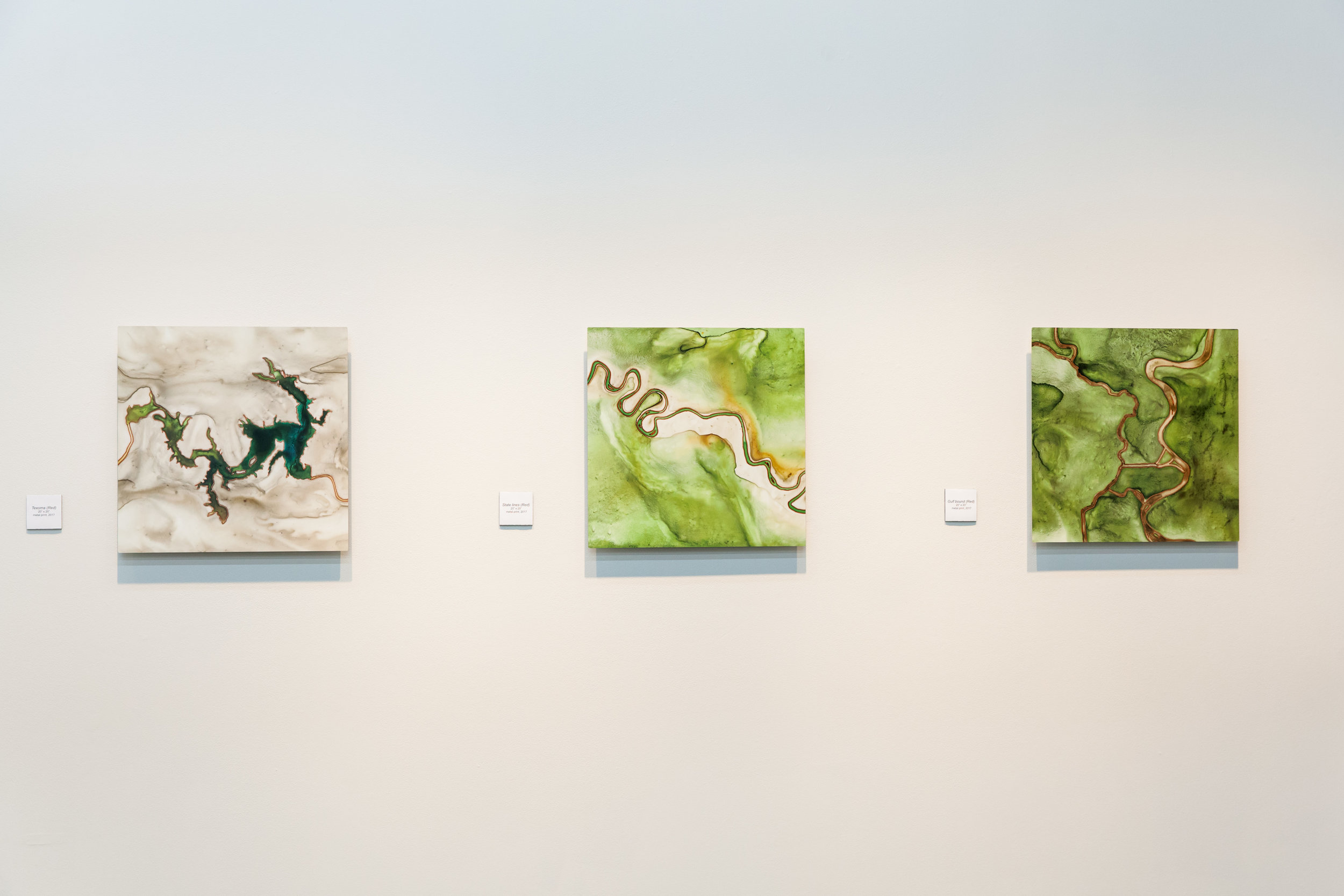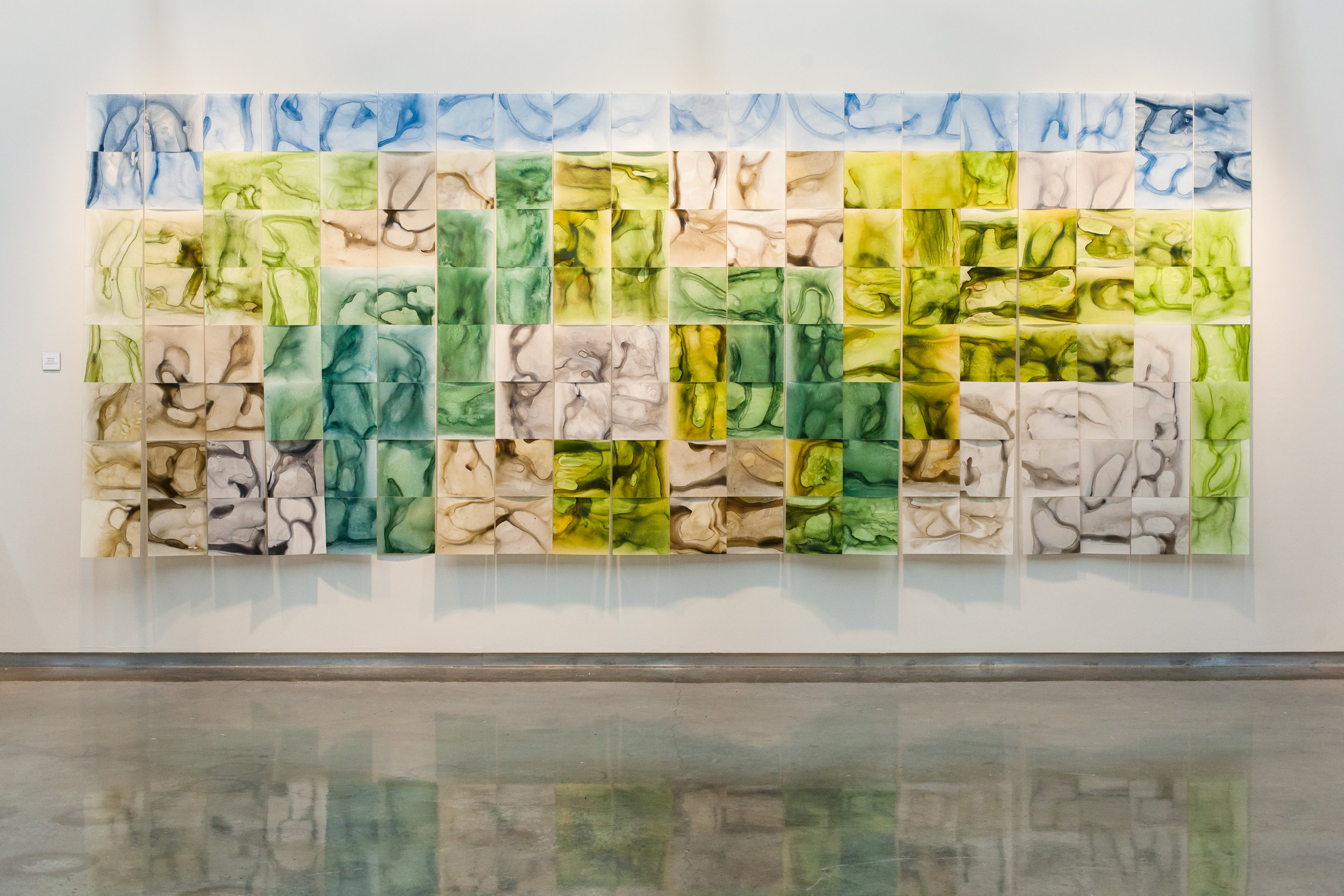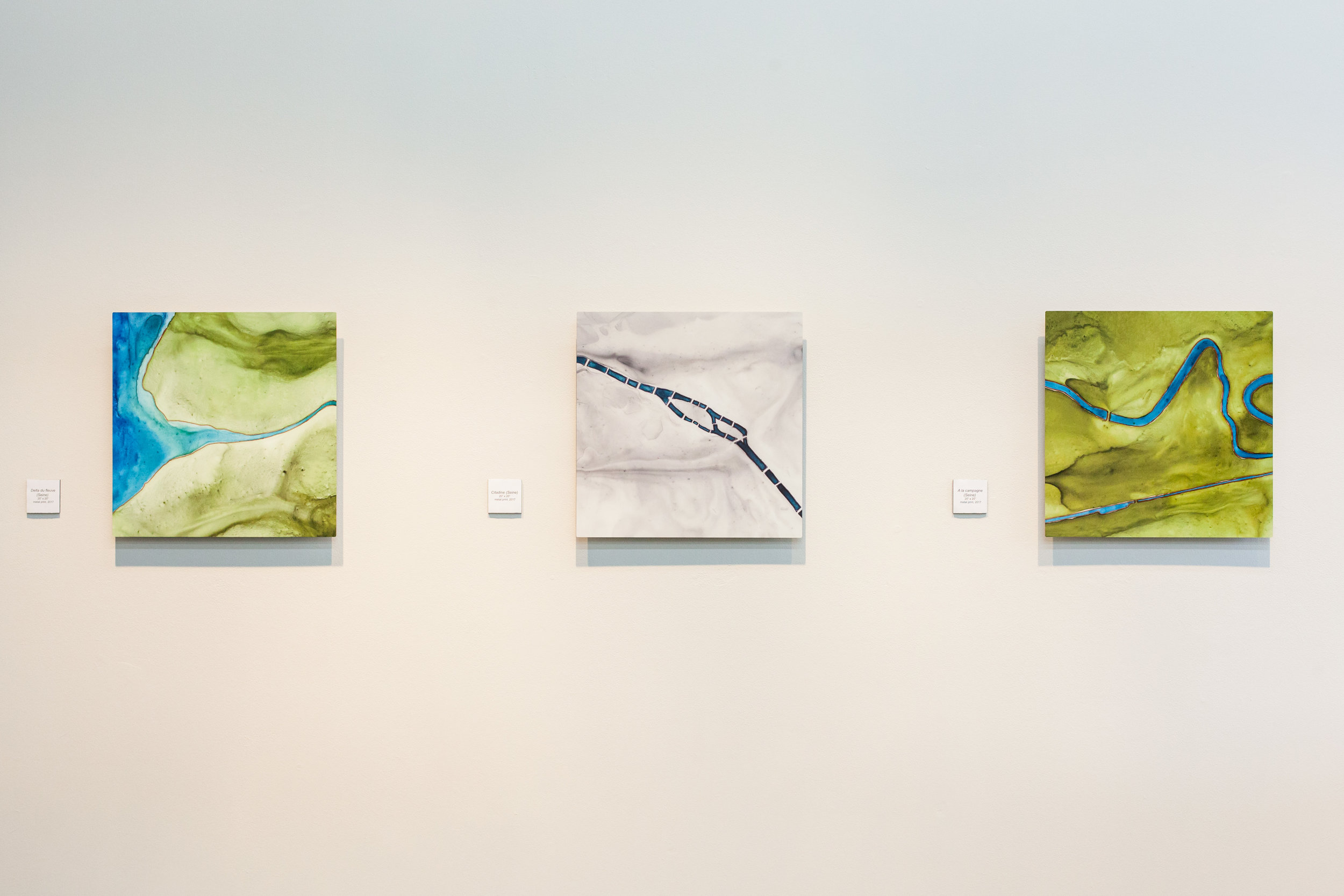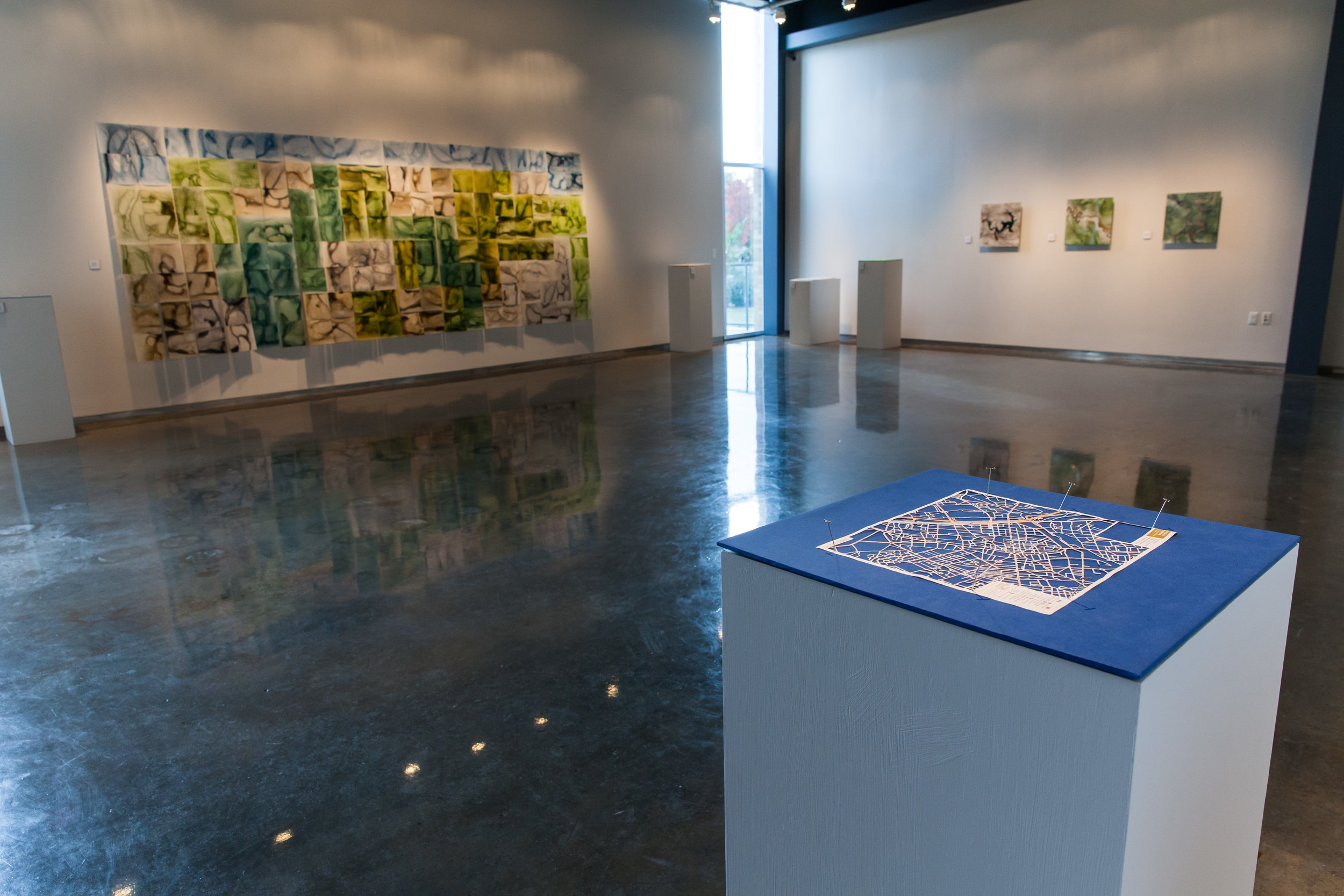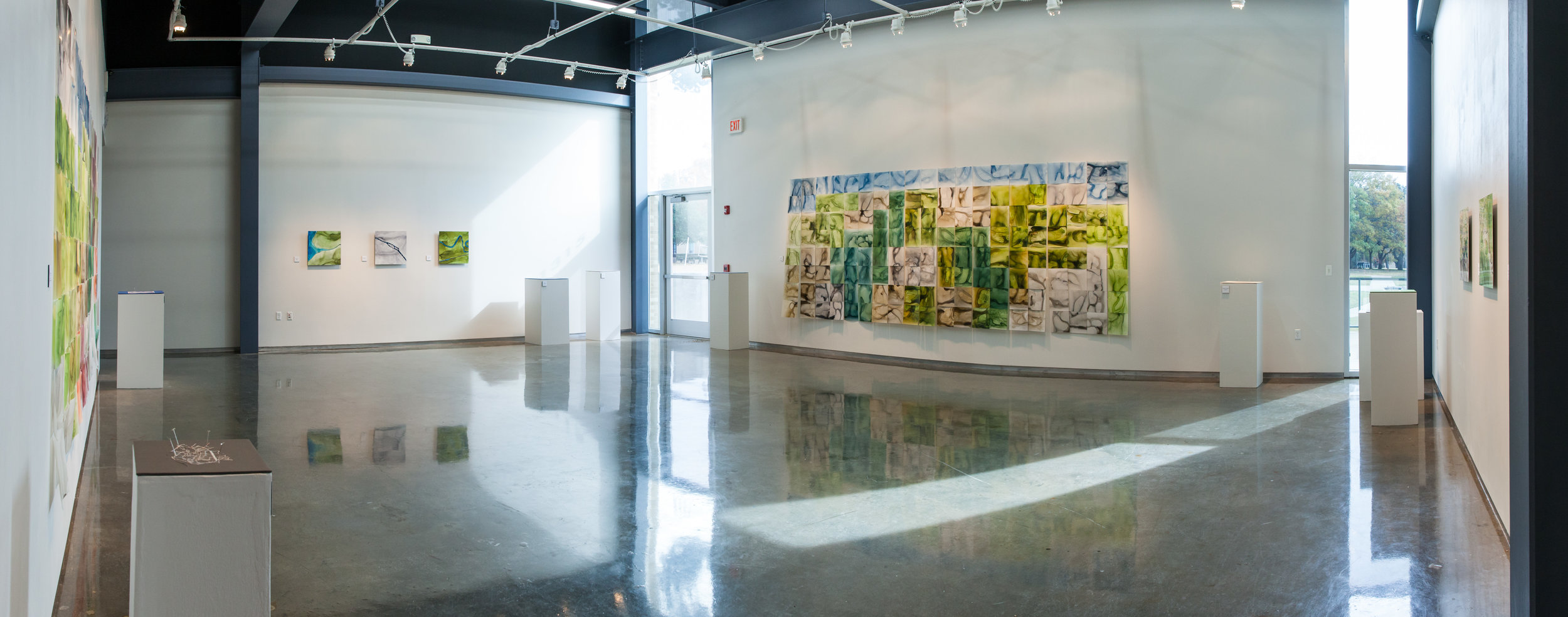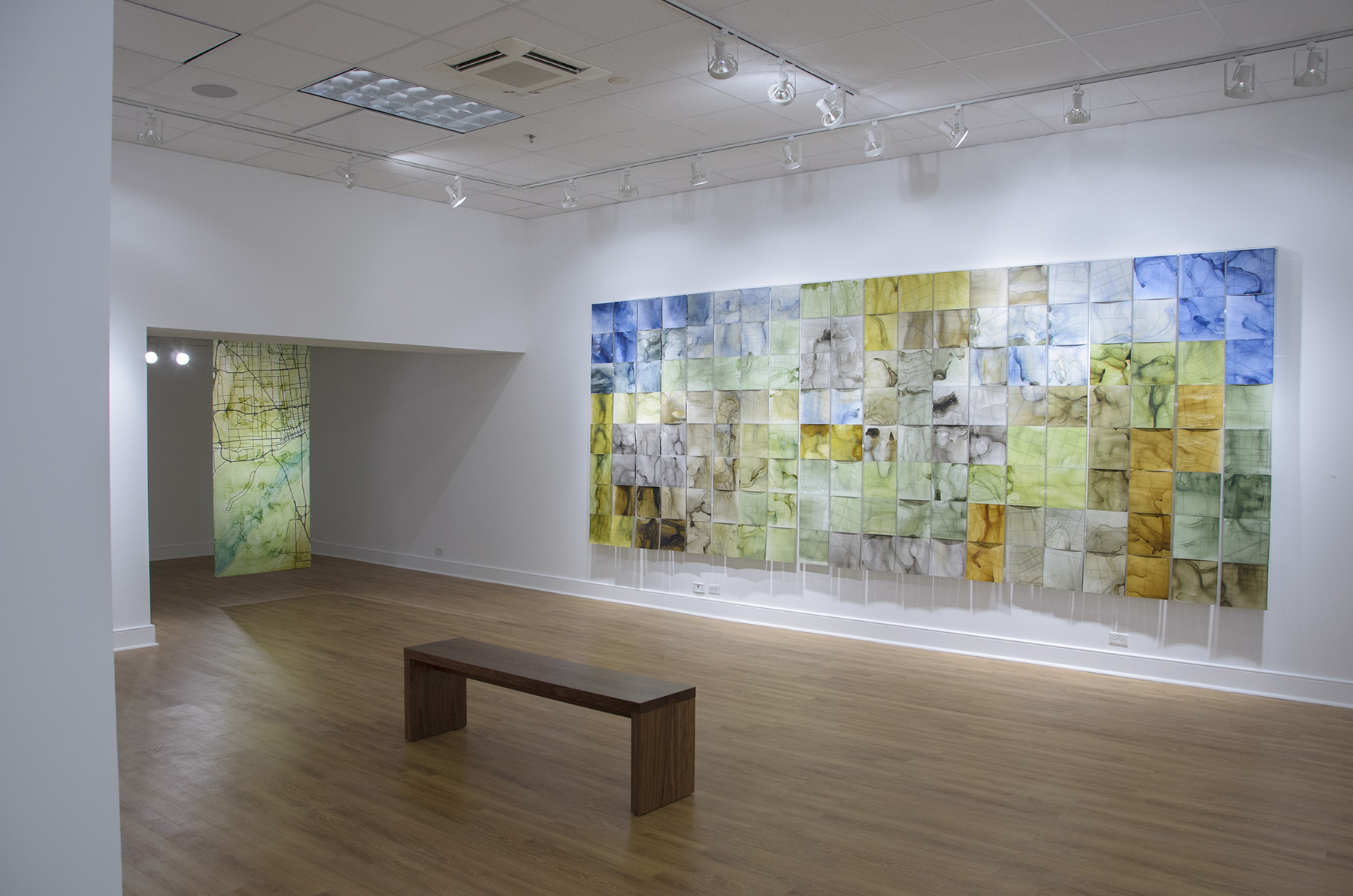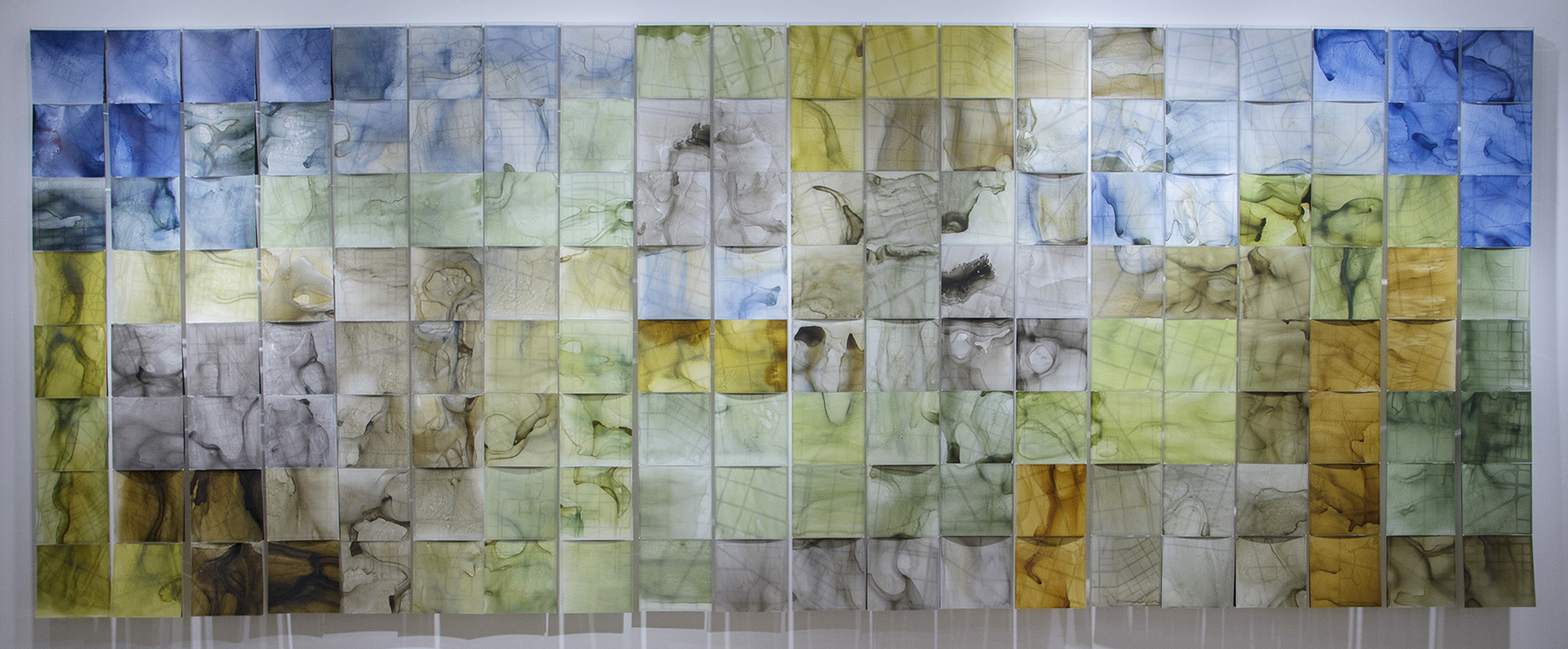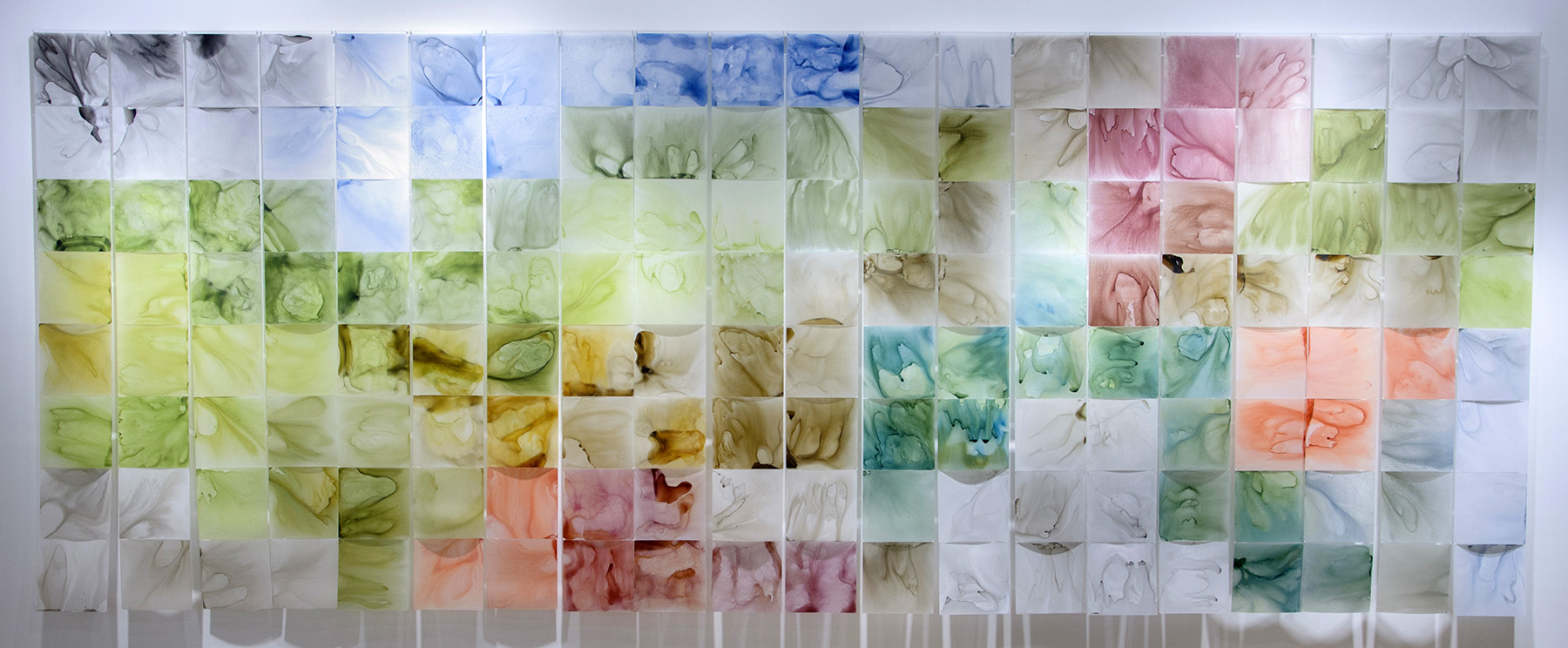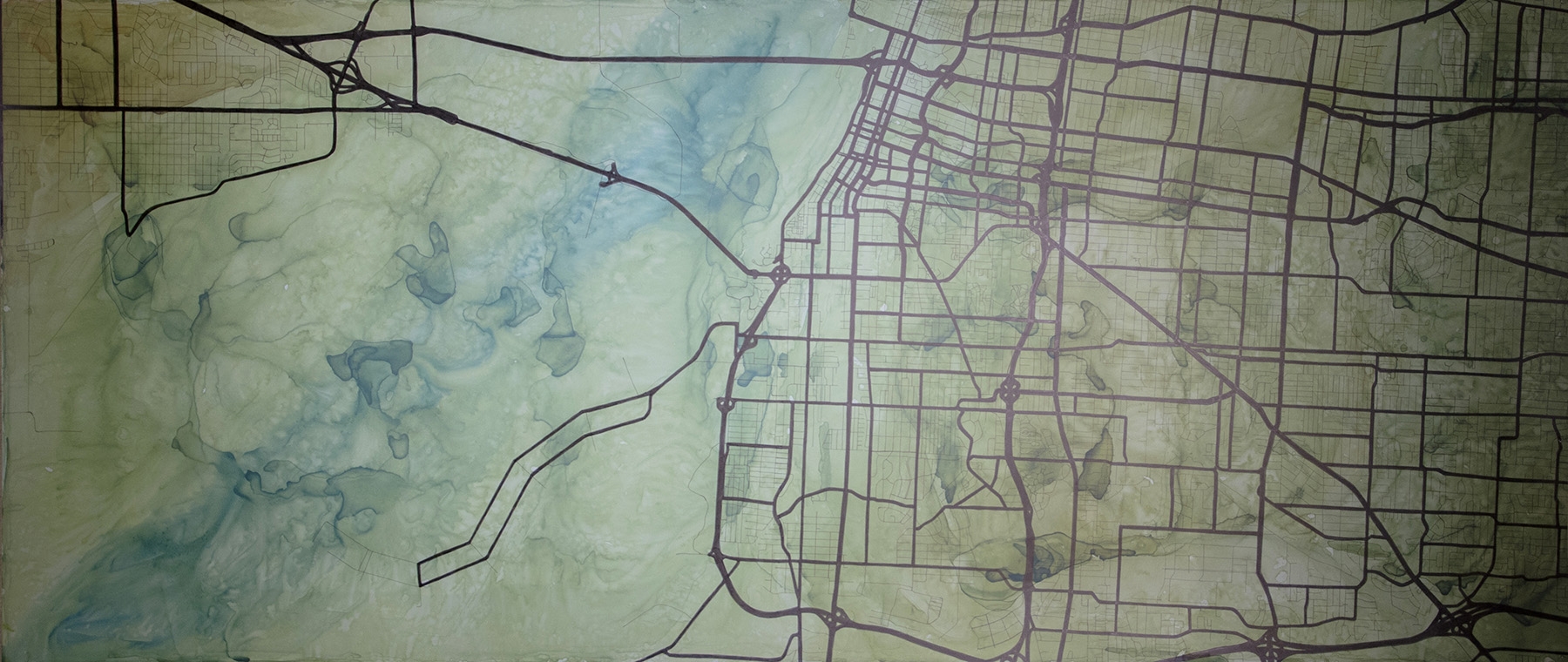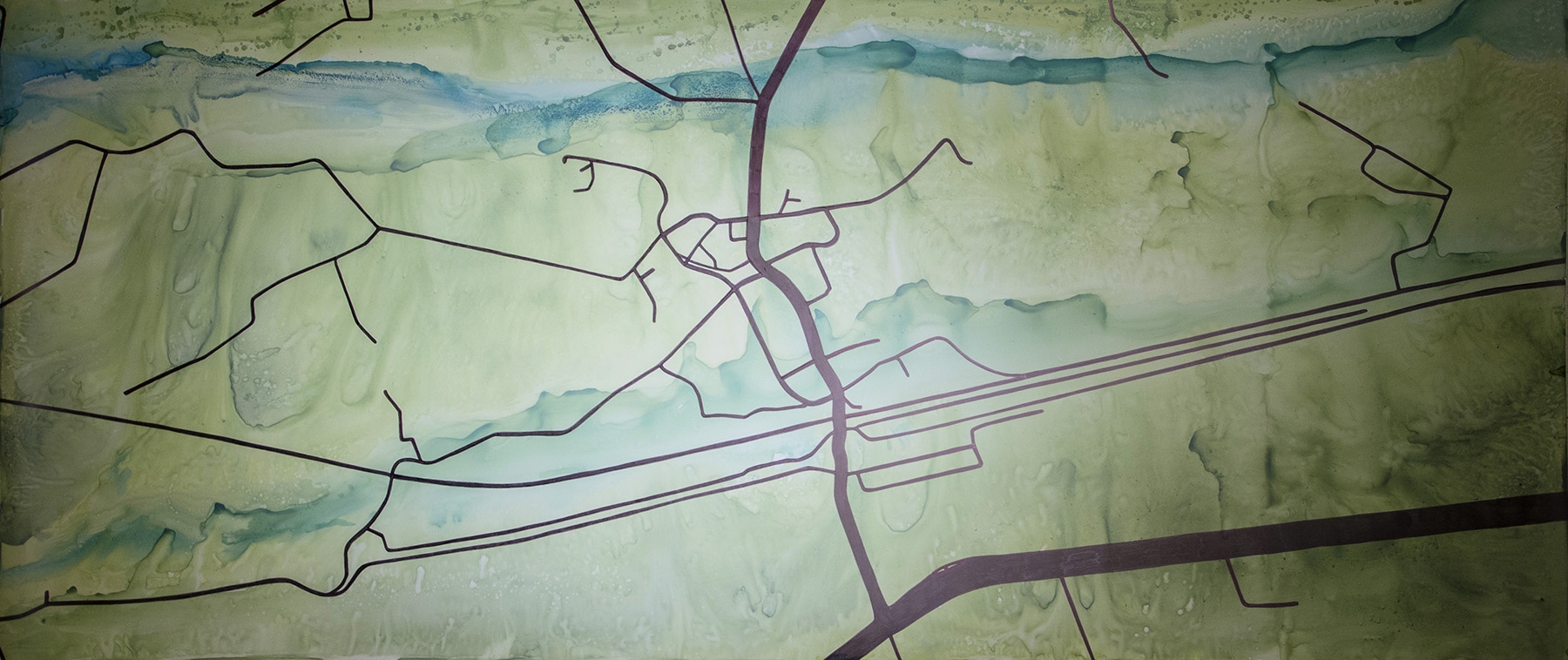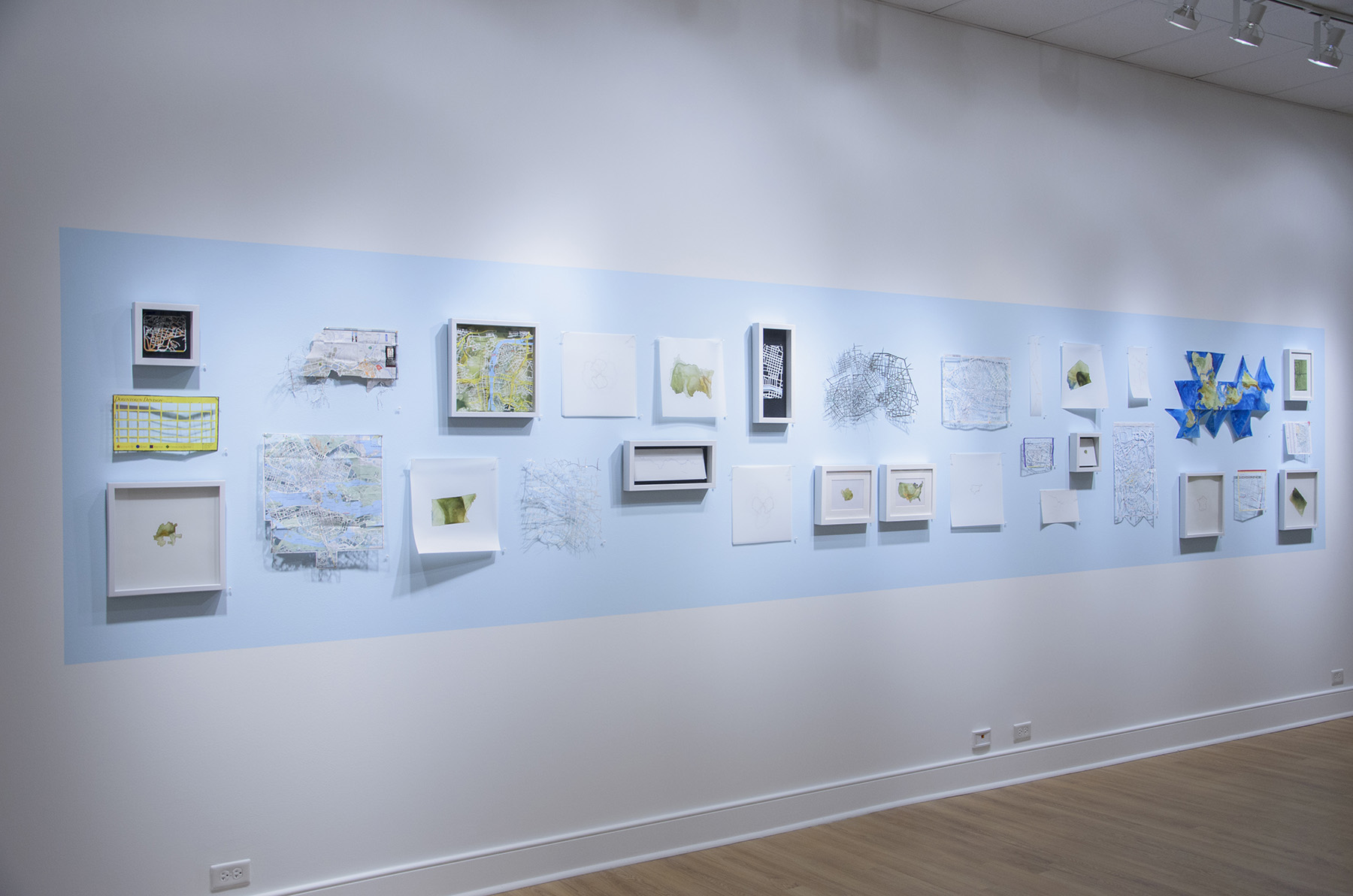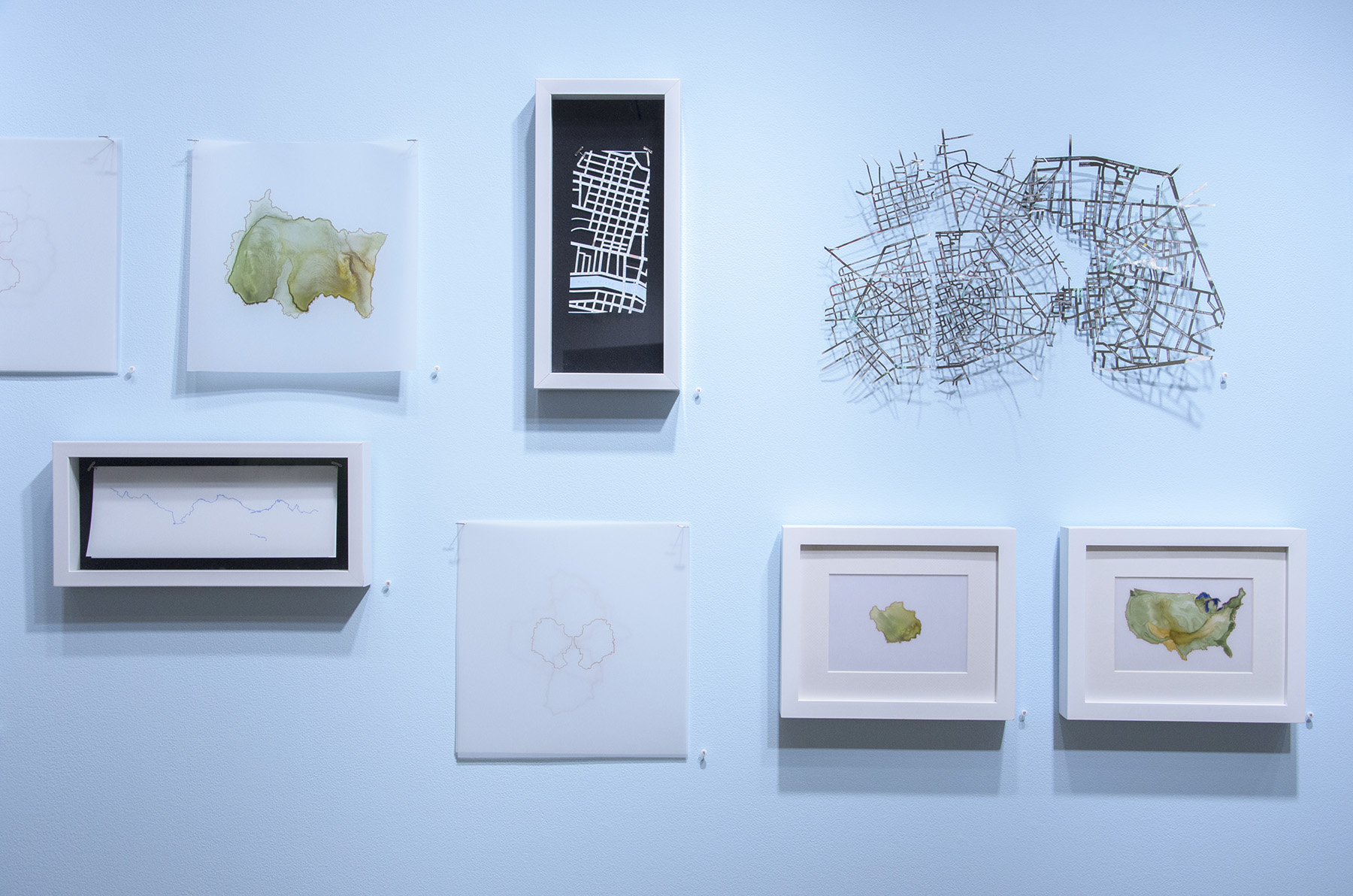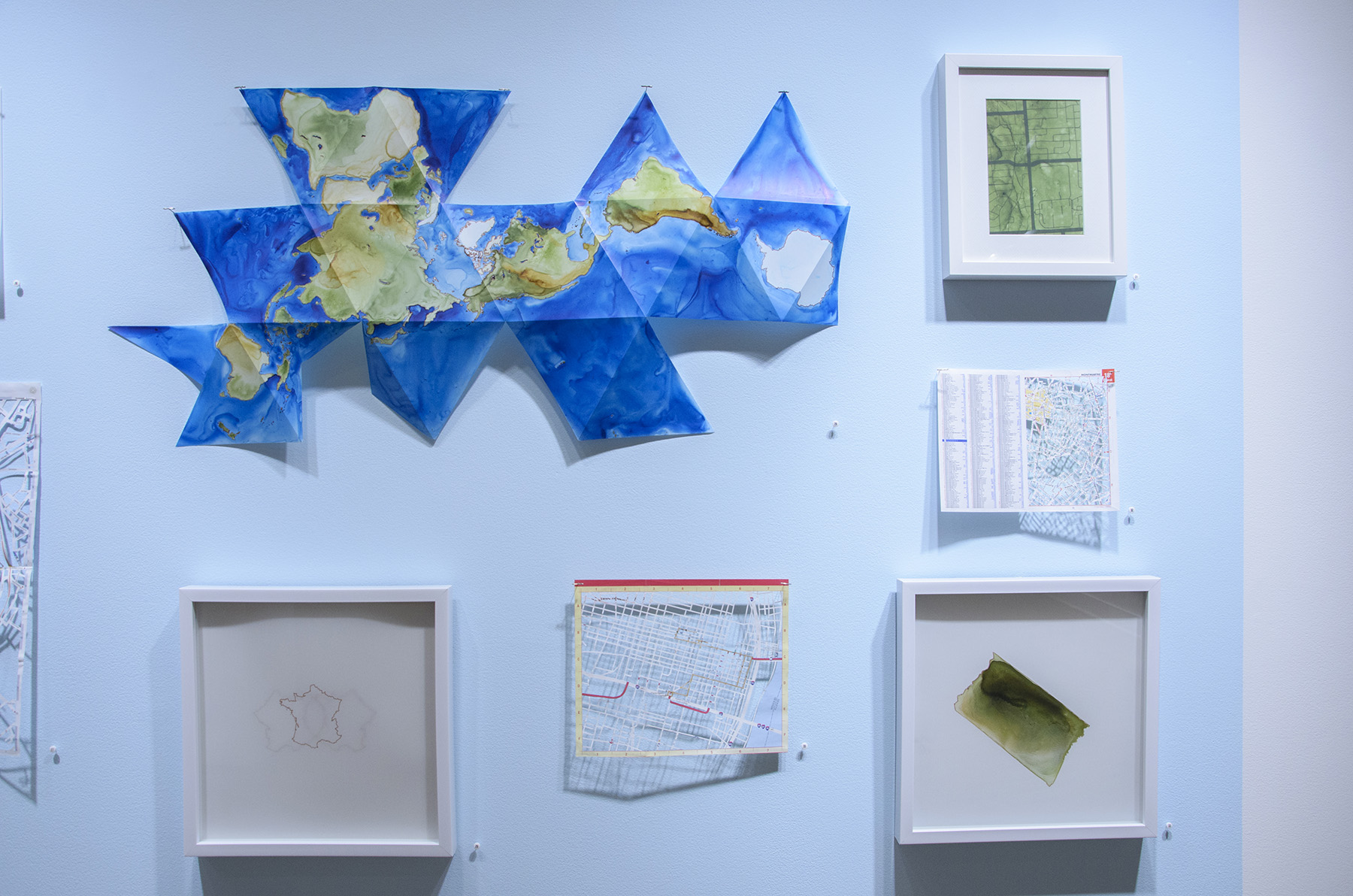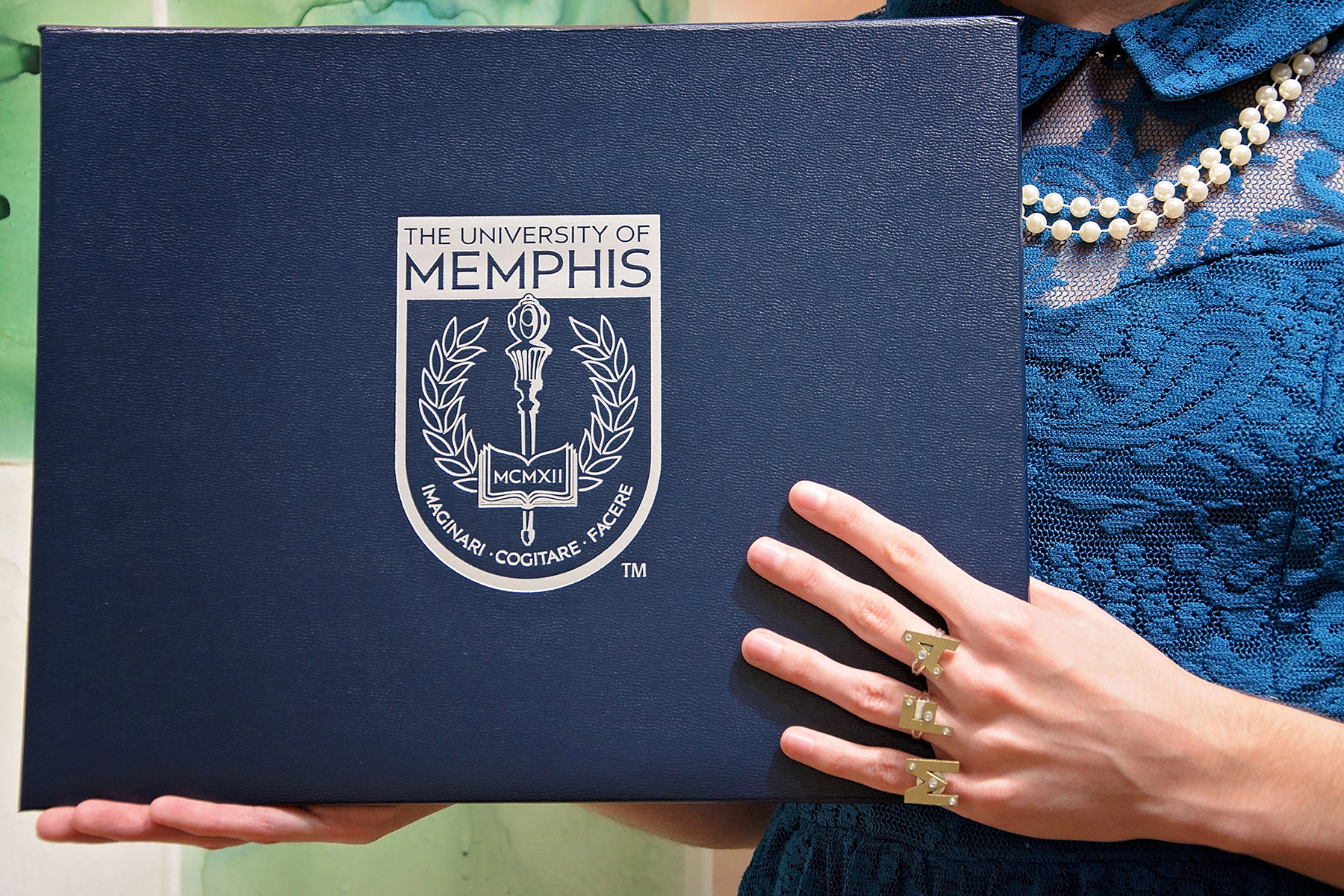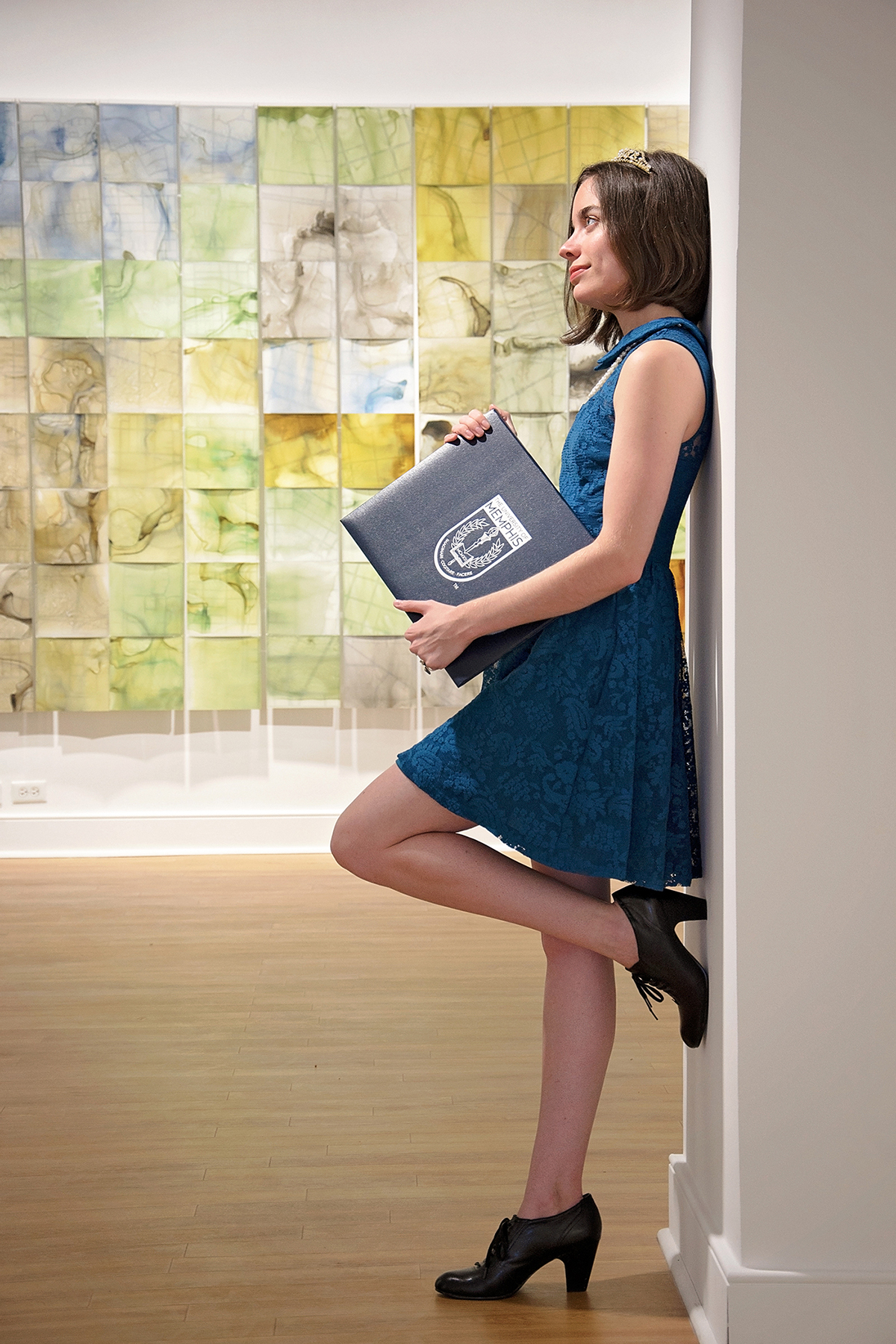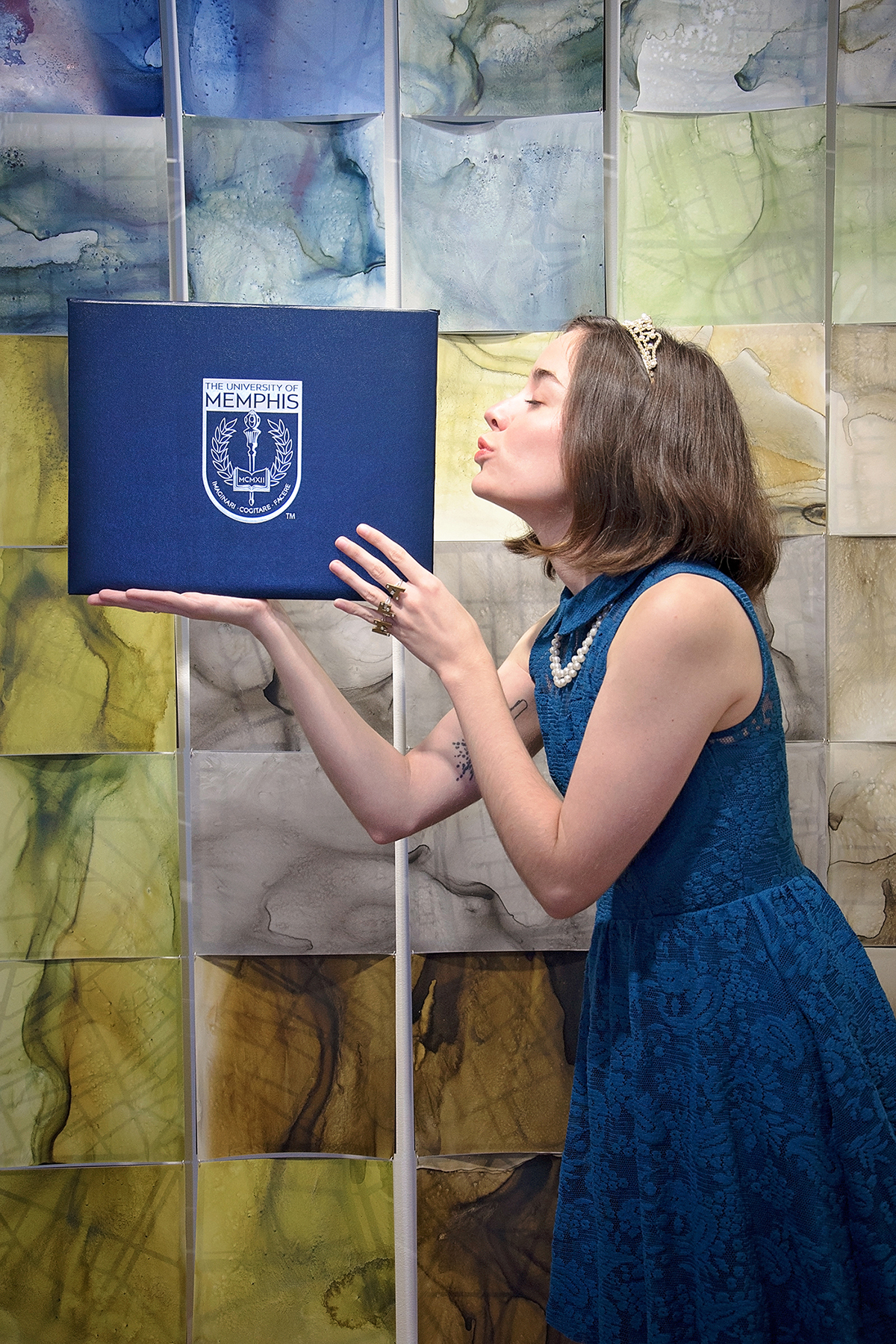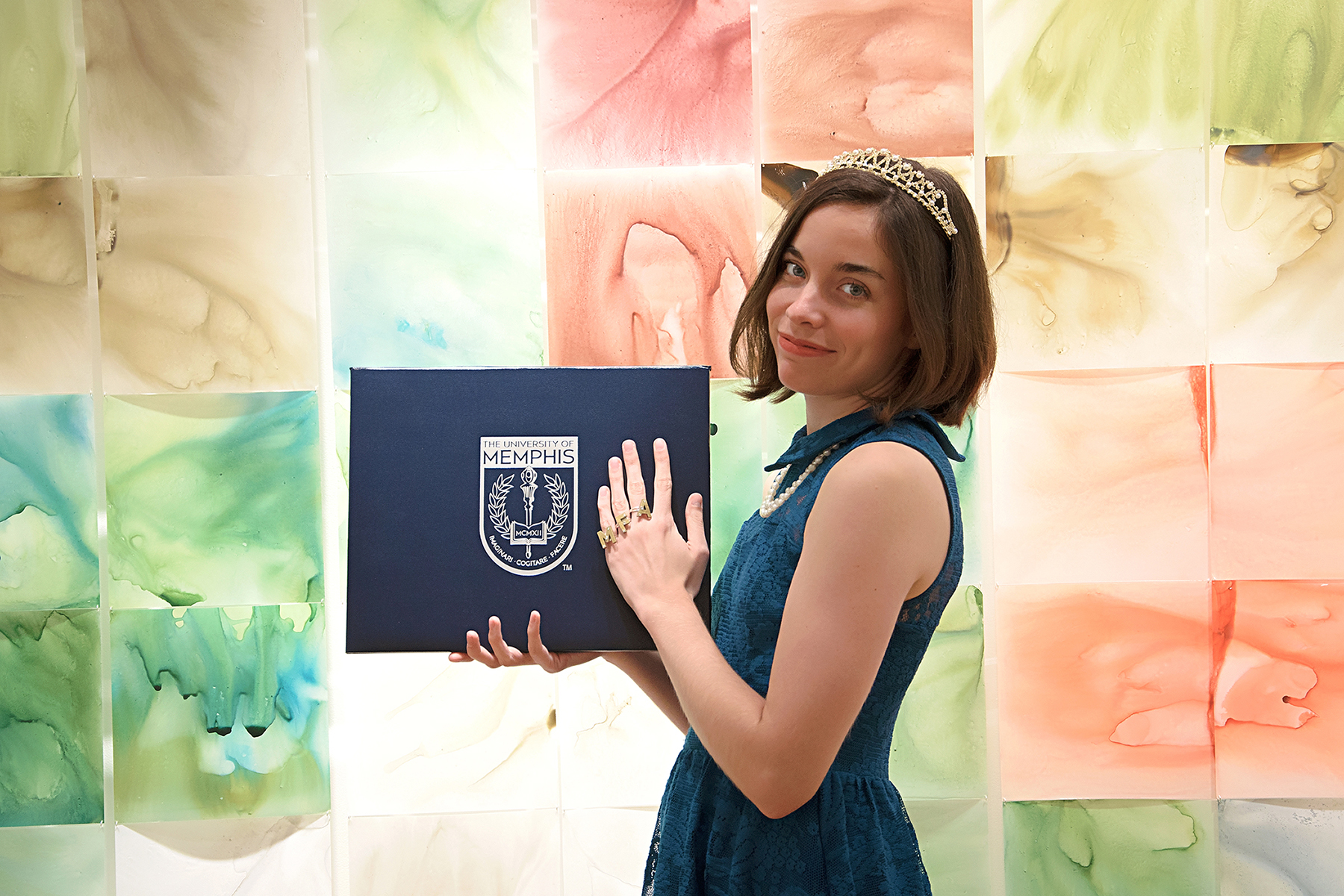Mars 2461, acrylic ink and marker on polypropylene, 2019
During a tired Sunday doomscroll, an inconspicuous piece of information peeked out from between life-and-death tweets. As it does roughly every two years, Mars will be in opposition on Tuesday. Opposition is the alignment of the Sun, Earth, and Mars. If you’re standing on Earth (and I won’t assume you are), the Sun and Mars are in opposite positions. Tuesday’s opposition brings Mars a mere 62.07 million kilometers from Earth.
I am the dork who shares unsolicited fun facts about space. I’ve witnessed many oppositions; this is just another, right on schedule. Since the last opposition, however, I have tried to understand Mars more intimately. I have traced its geologic features hundreds of times. My studio table is stained with red oxides and icy whites. I enjoy the effort, but I must concede that this is a place that is wholly unknowable to me. It will not be my boot pressing footprints into the surface. I will not be piloting across its terrain in a suit engineered to distribute and hold dear my every breath. I am stuck here.
I am stuck here: a fenced-in United Statesian, doomscrolling on a Sunday, wondering which invisible particles or powers will hurt me first.
Conversely, I am stuck here. I can step outside right now without sweating or shivering. My senses and abilities come from generations of adaptation. I get to smudge rust-colored pigments into images, just like my ancestors, to pass knowledge beyond the life of my body.
I am stuck, but I will step blindly into the night and look for that familiar stranger, staring until my light-addled eyes pick up that soft unblinking blush, a neighborly sixty-two million kilometers away.

